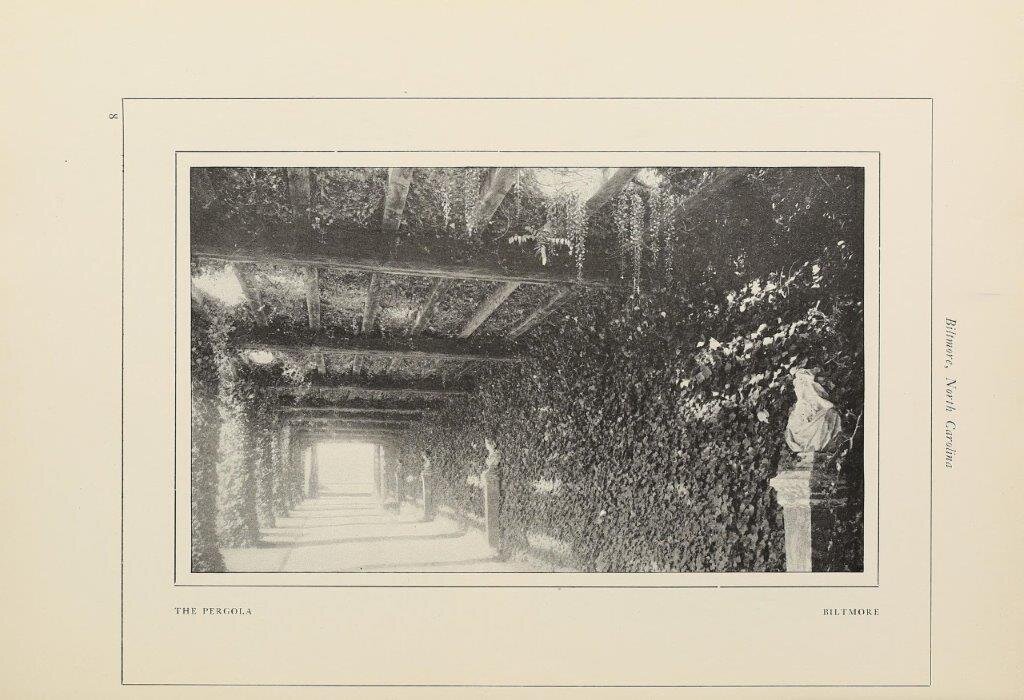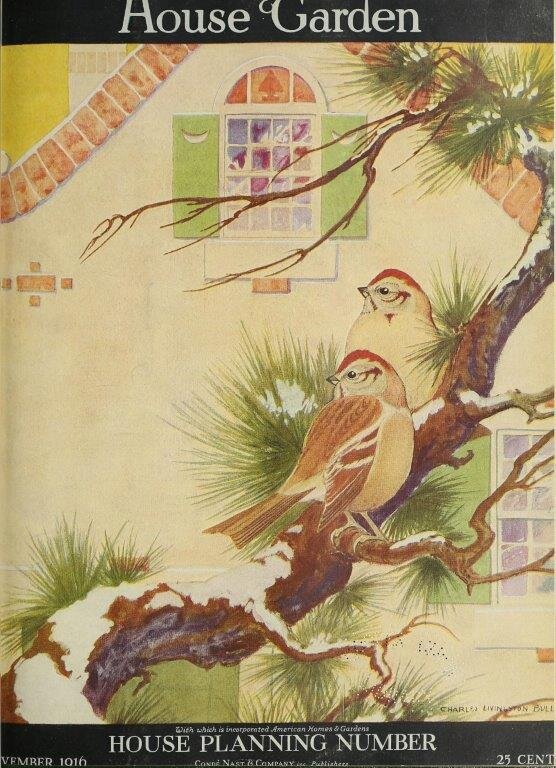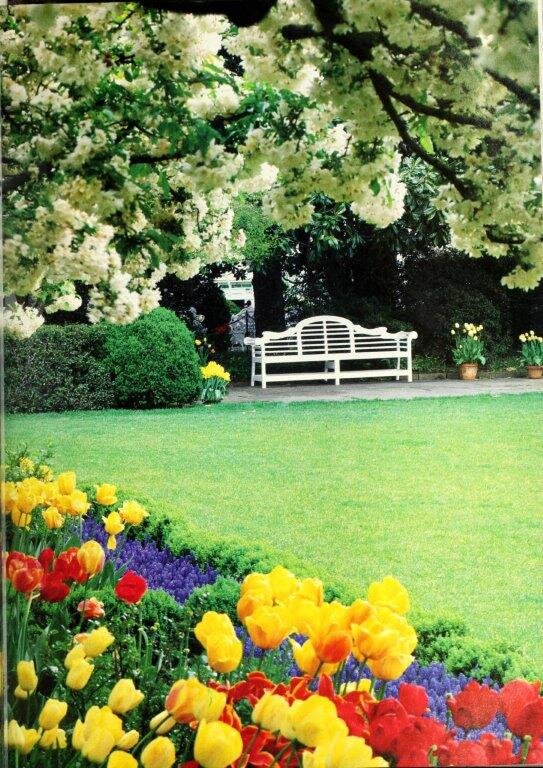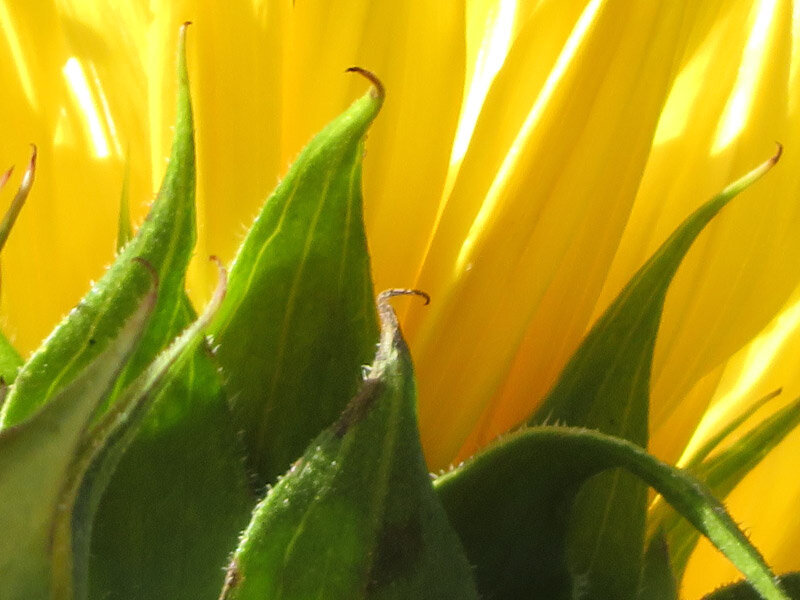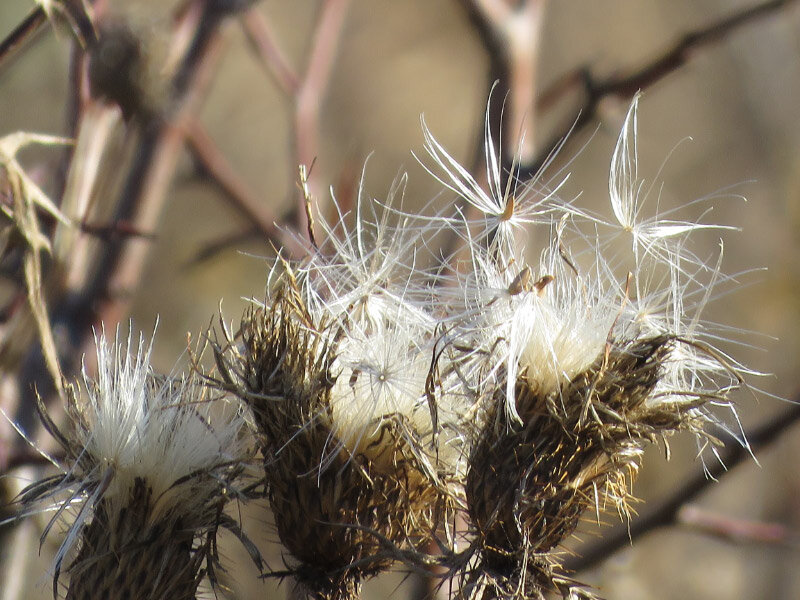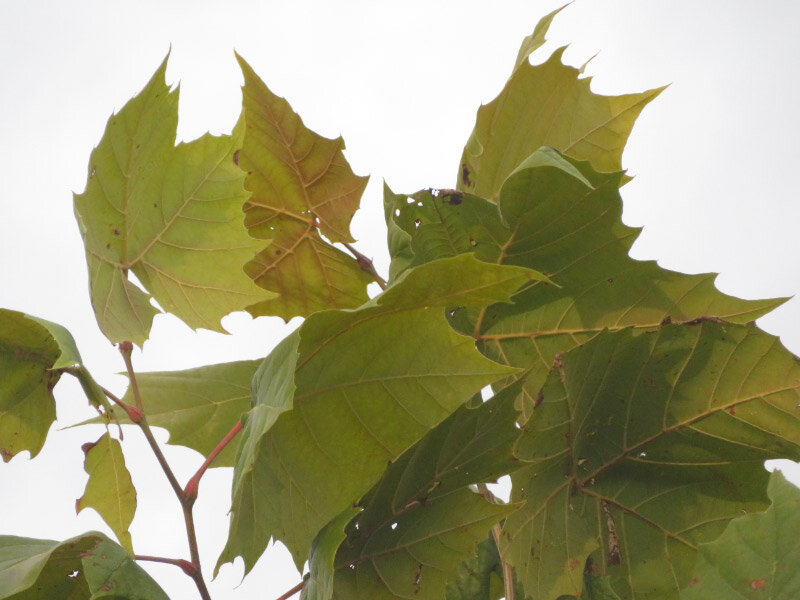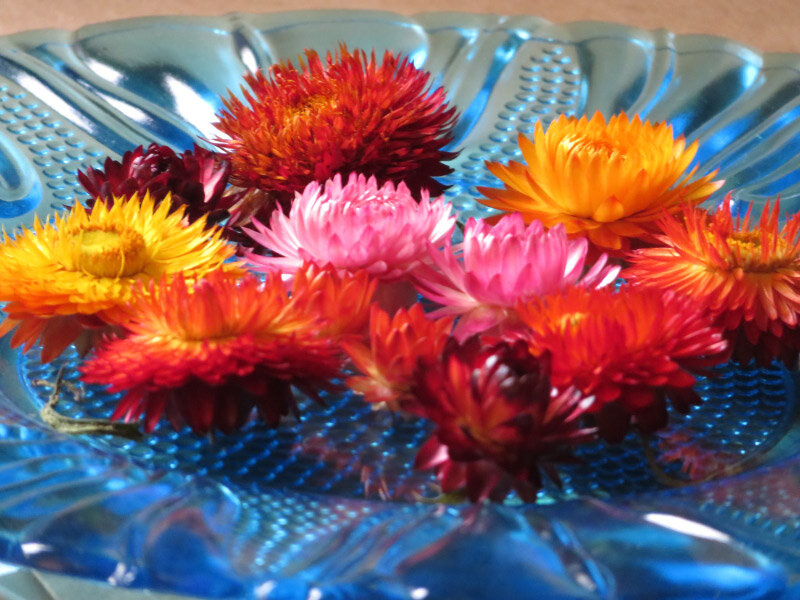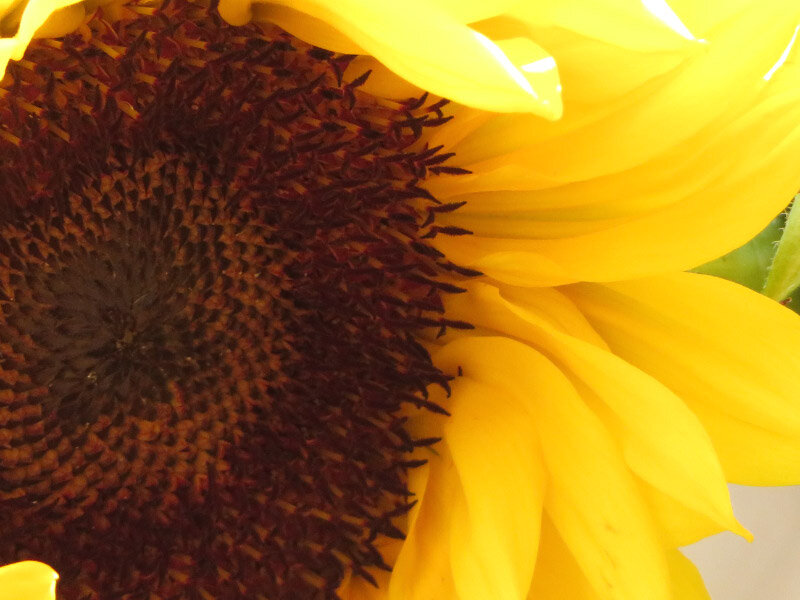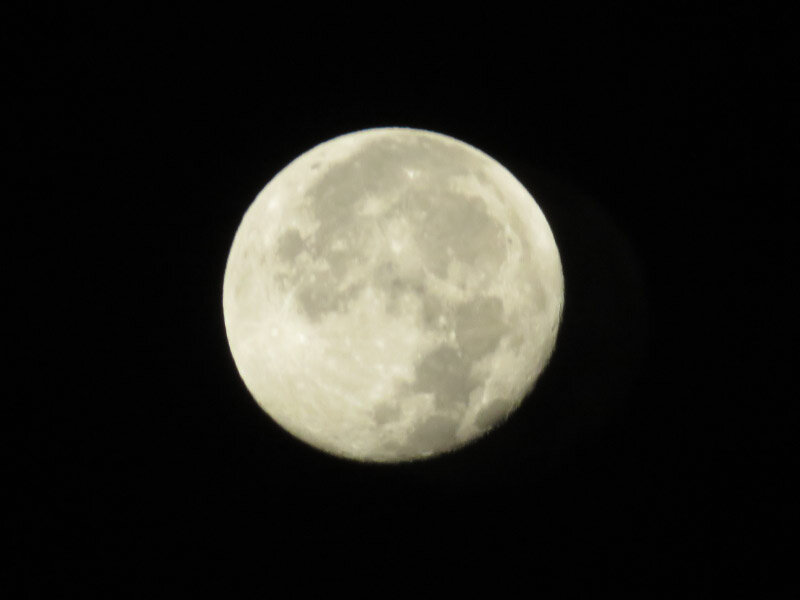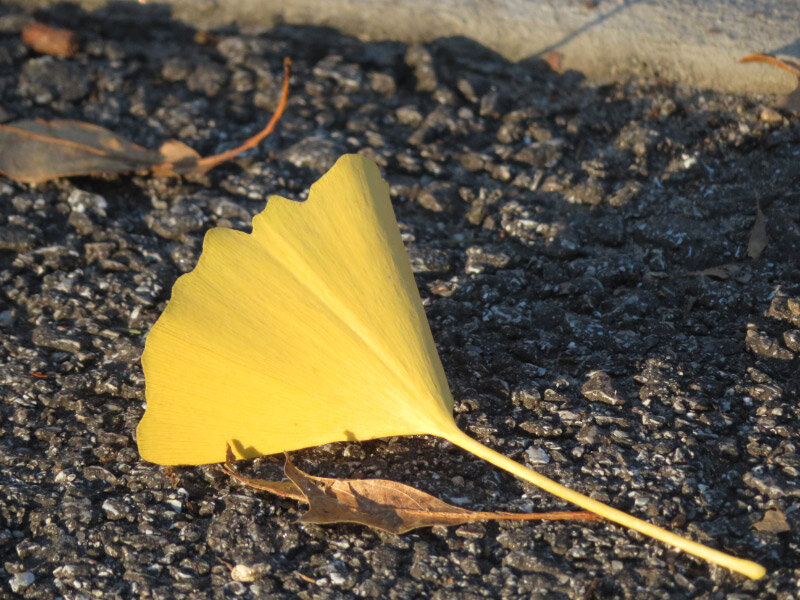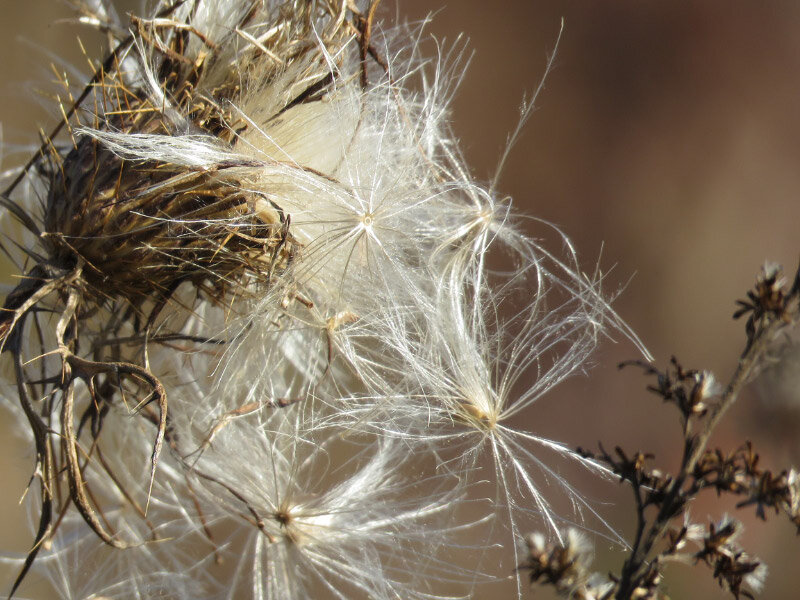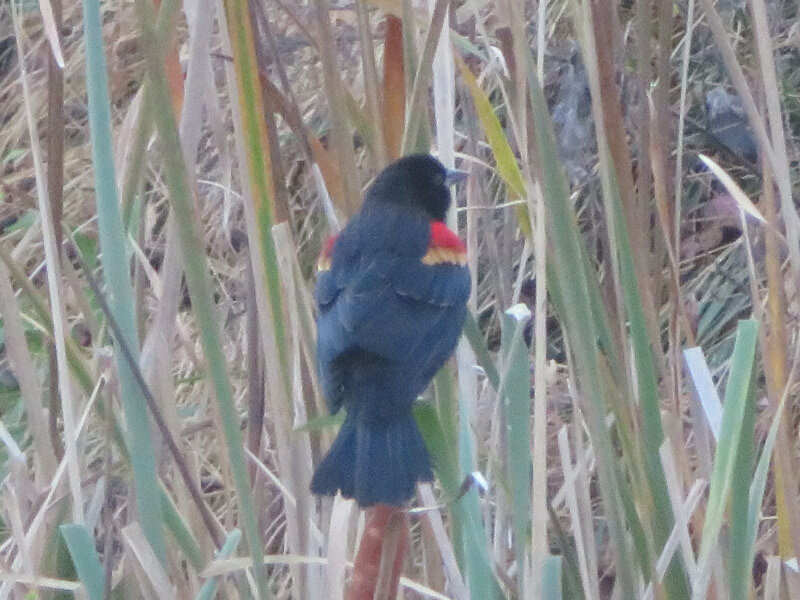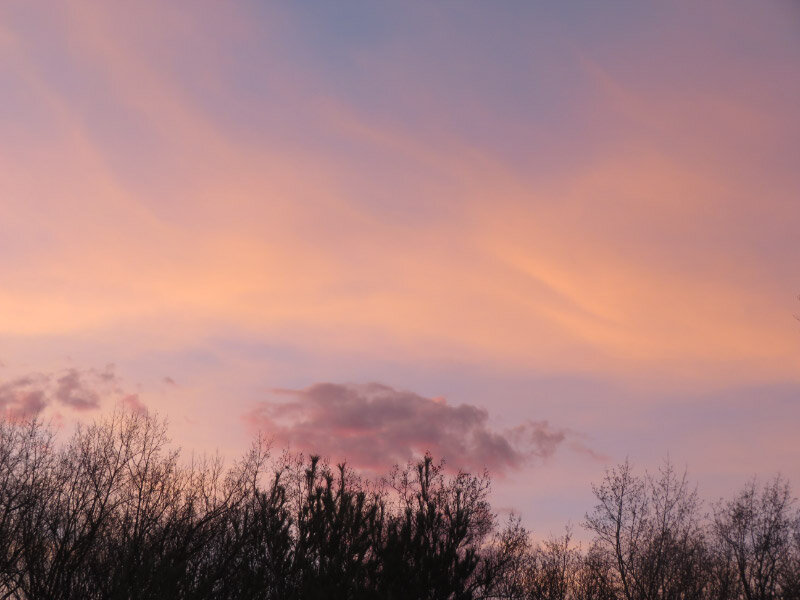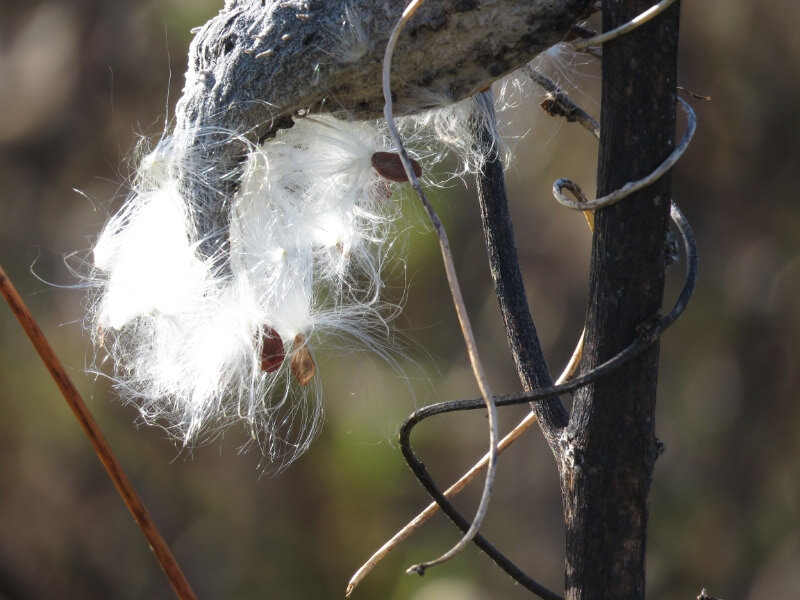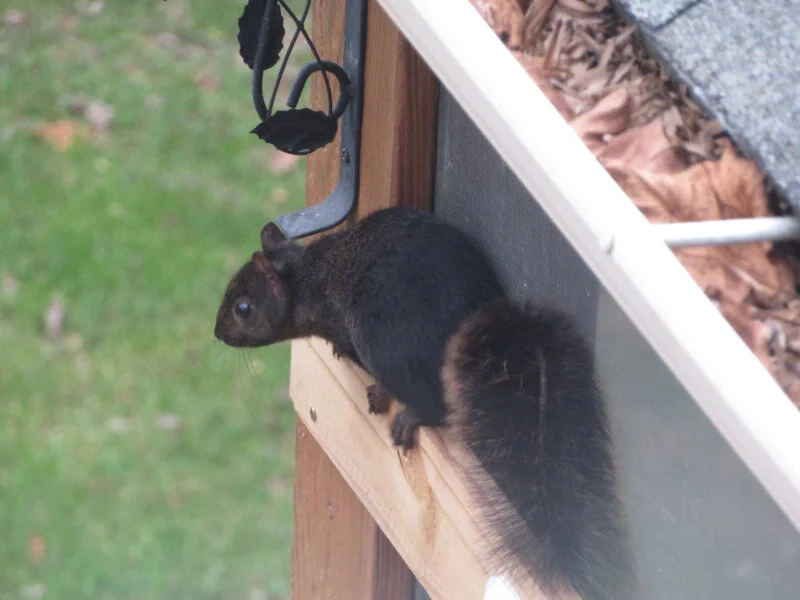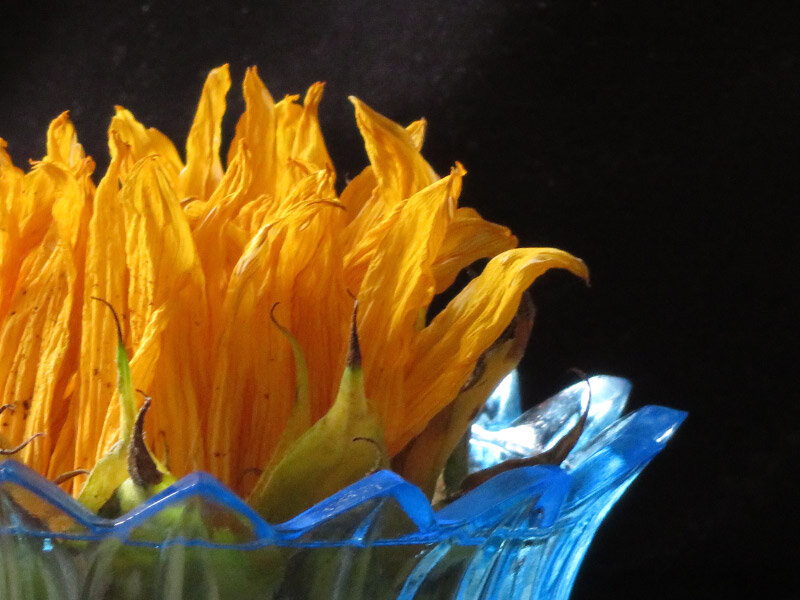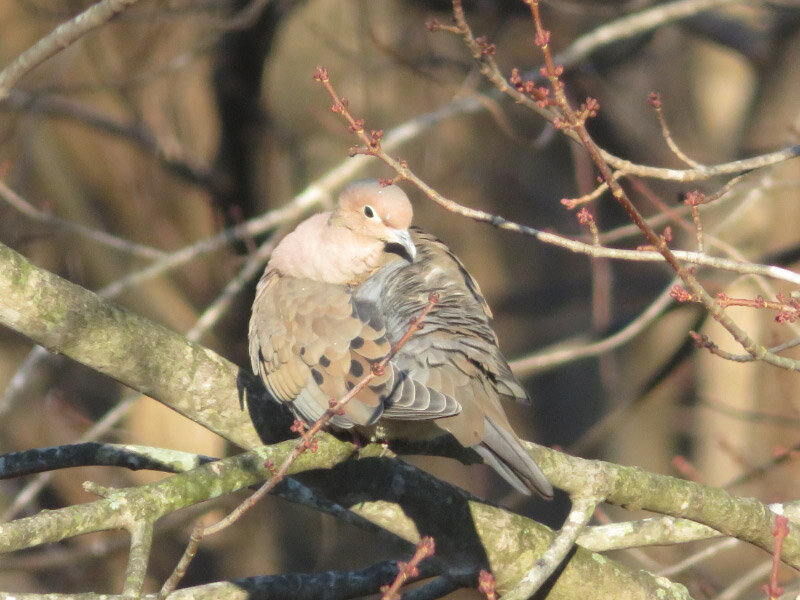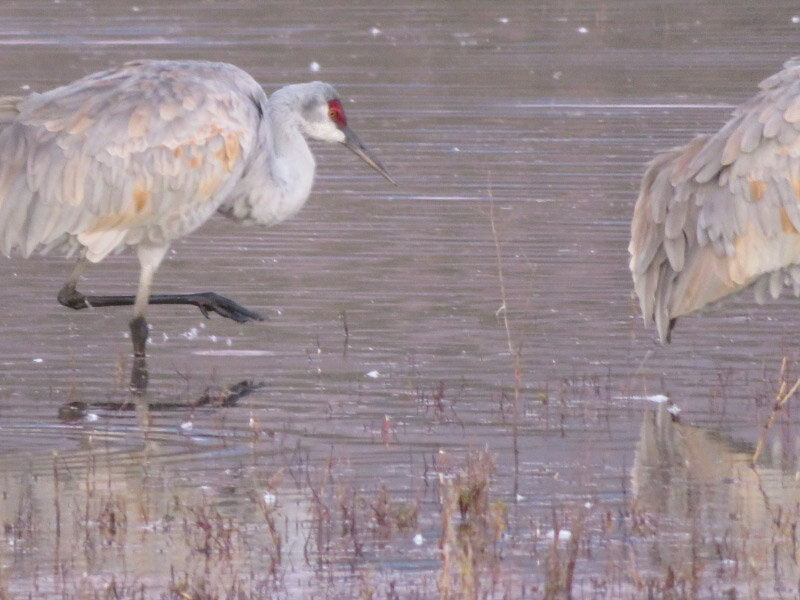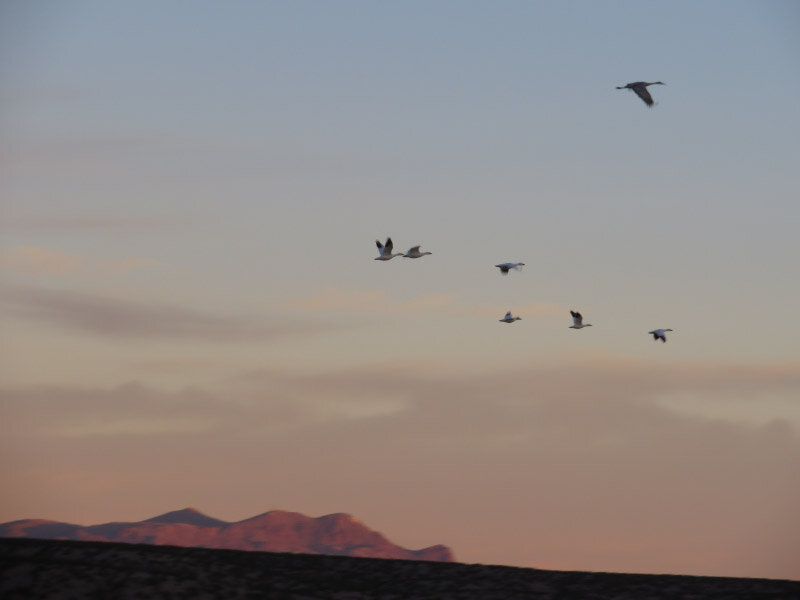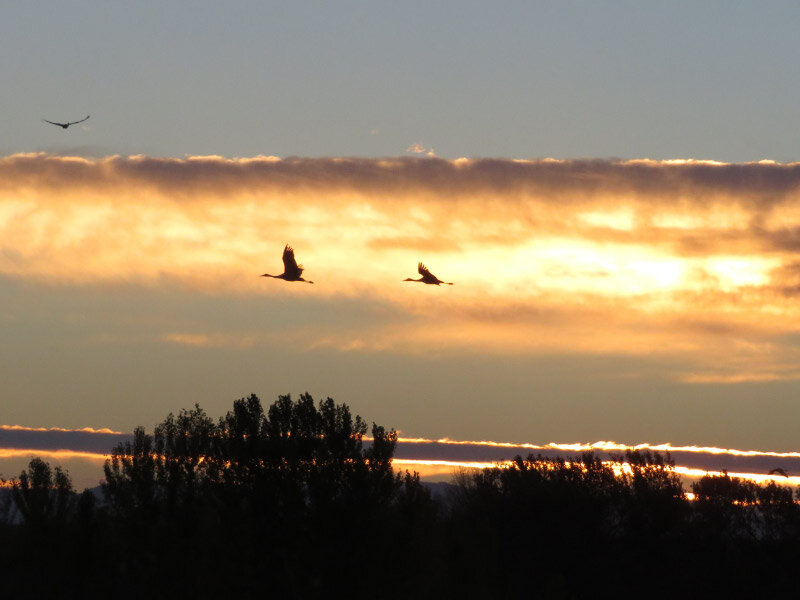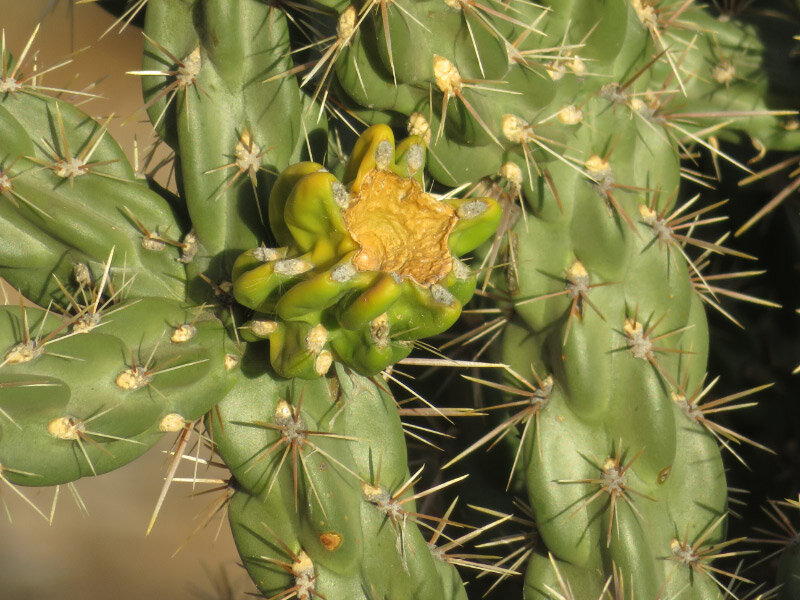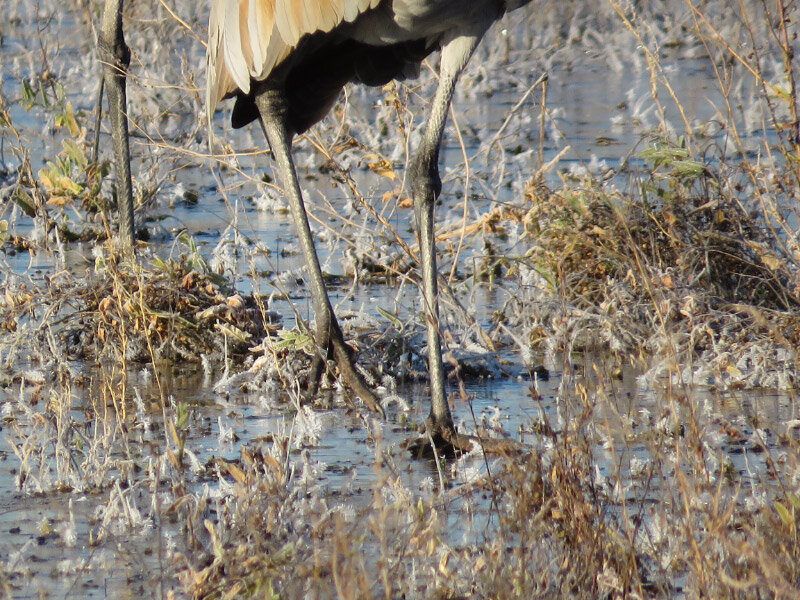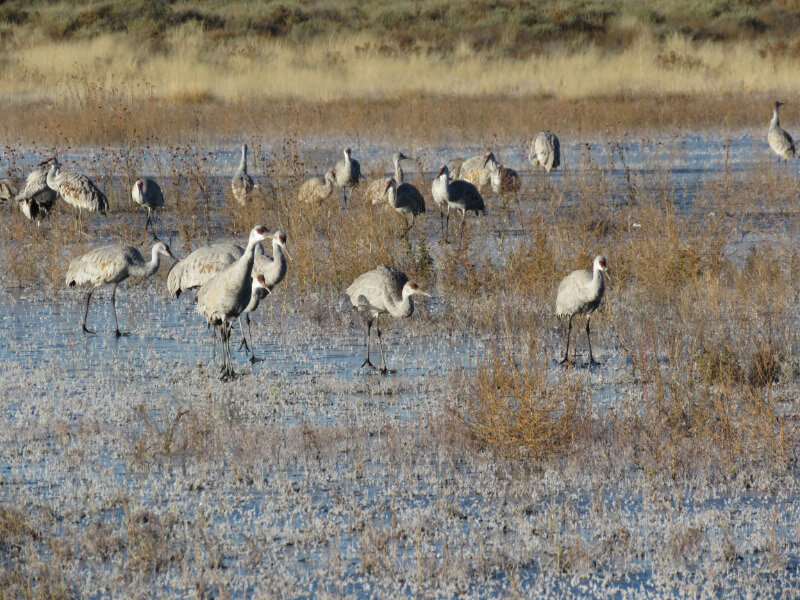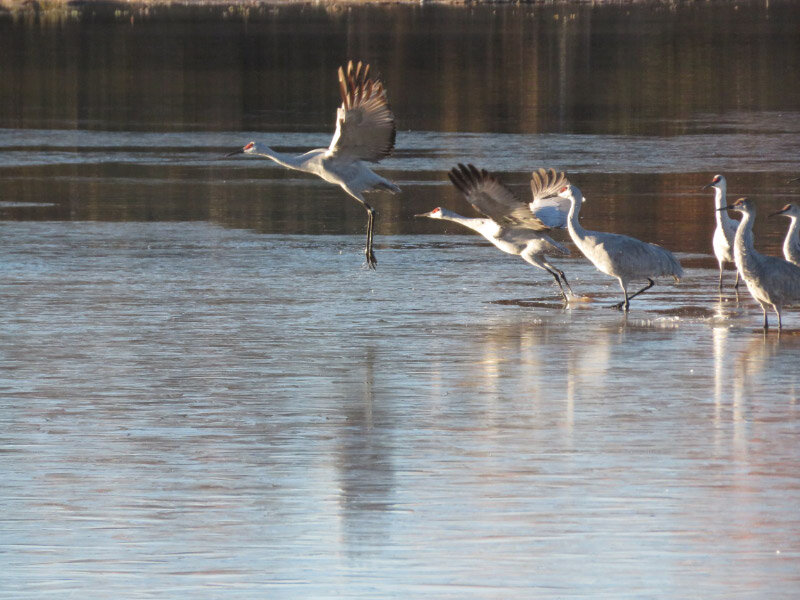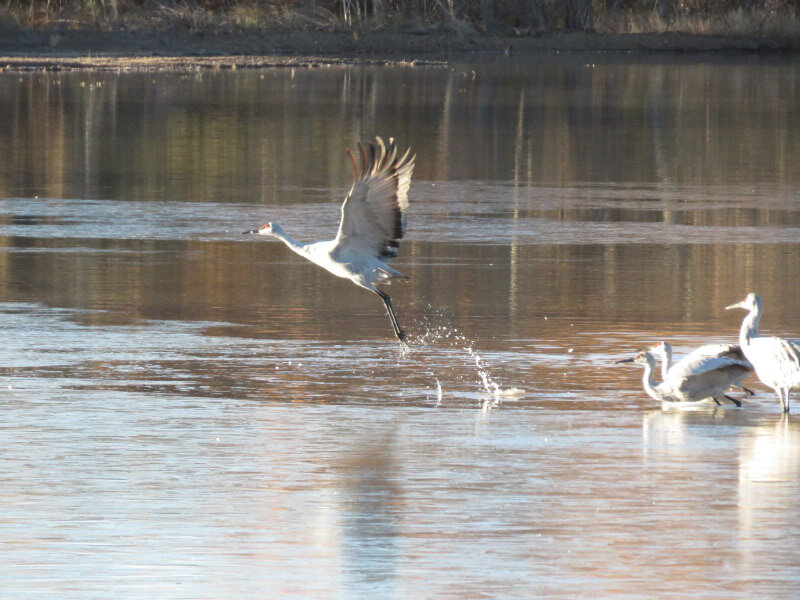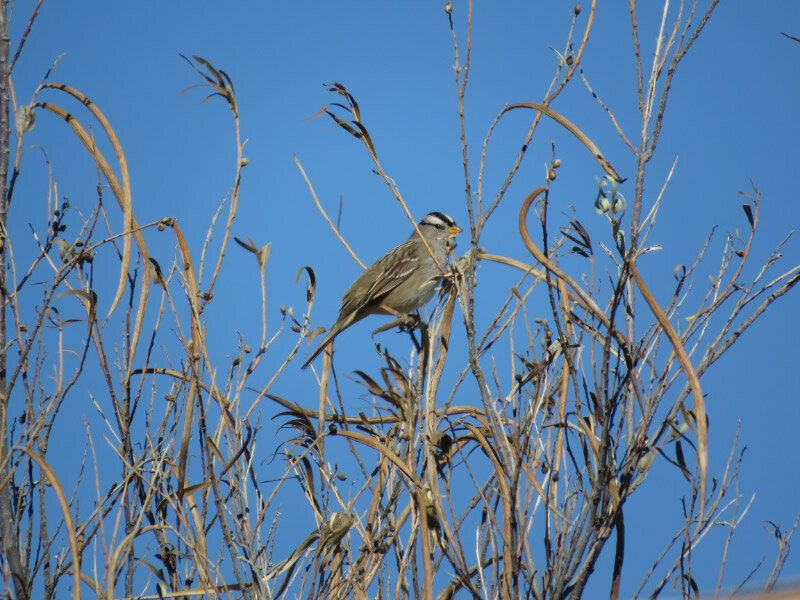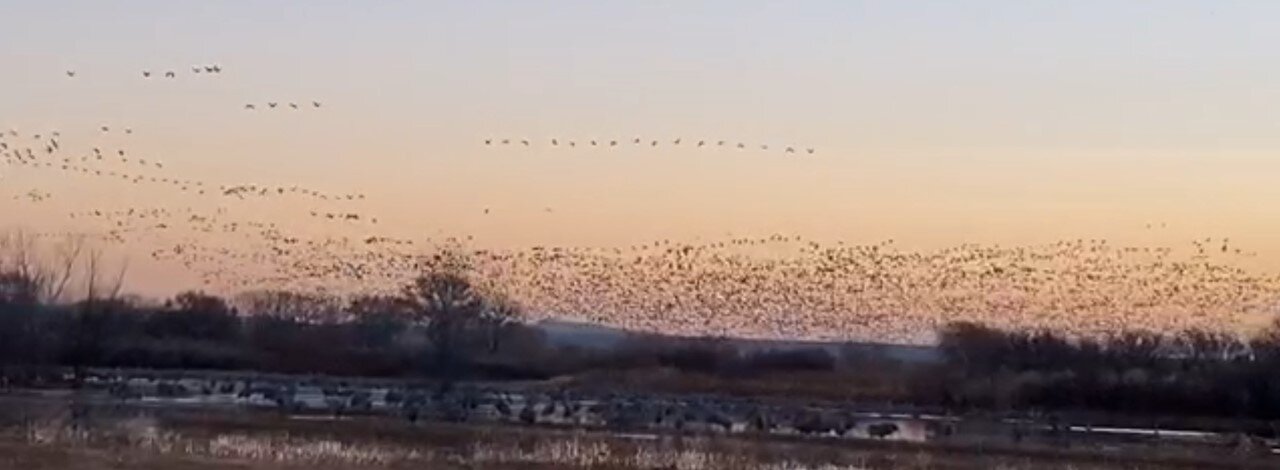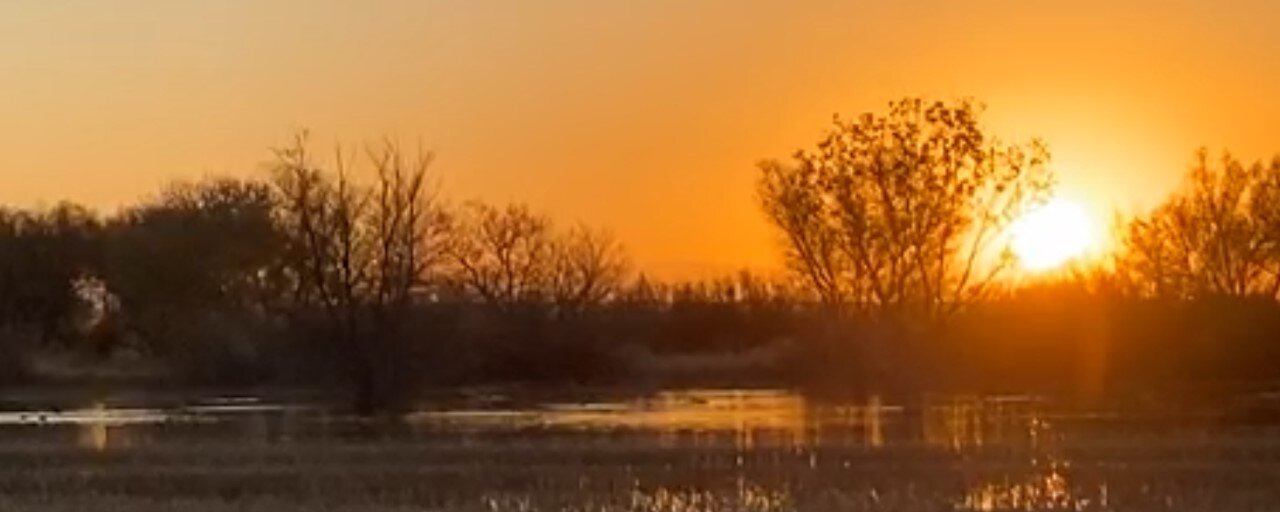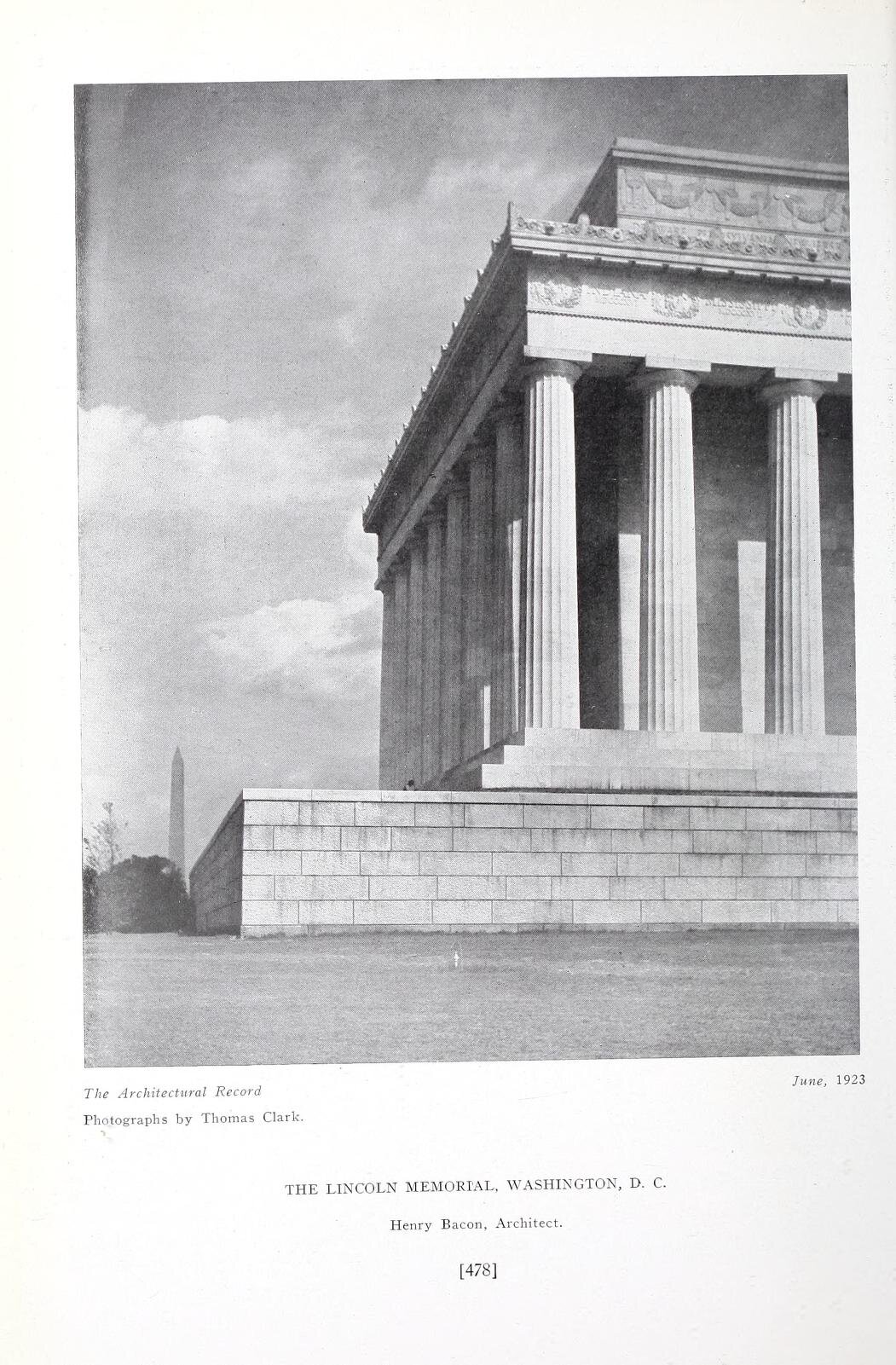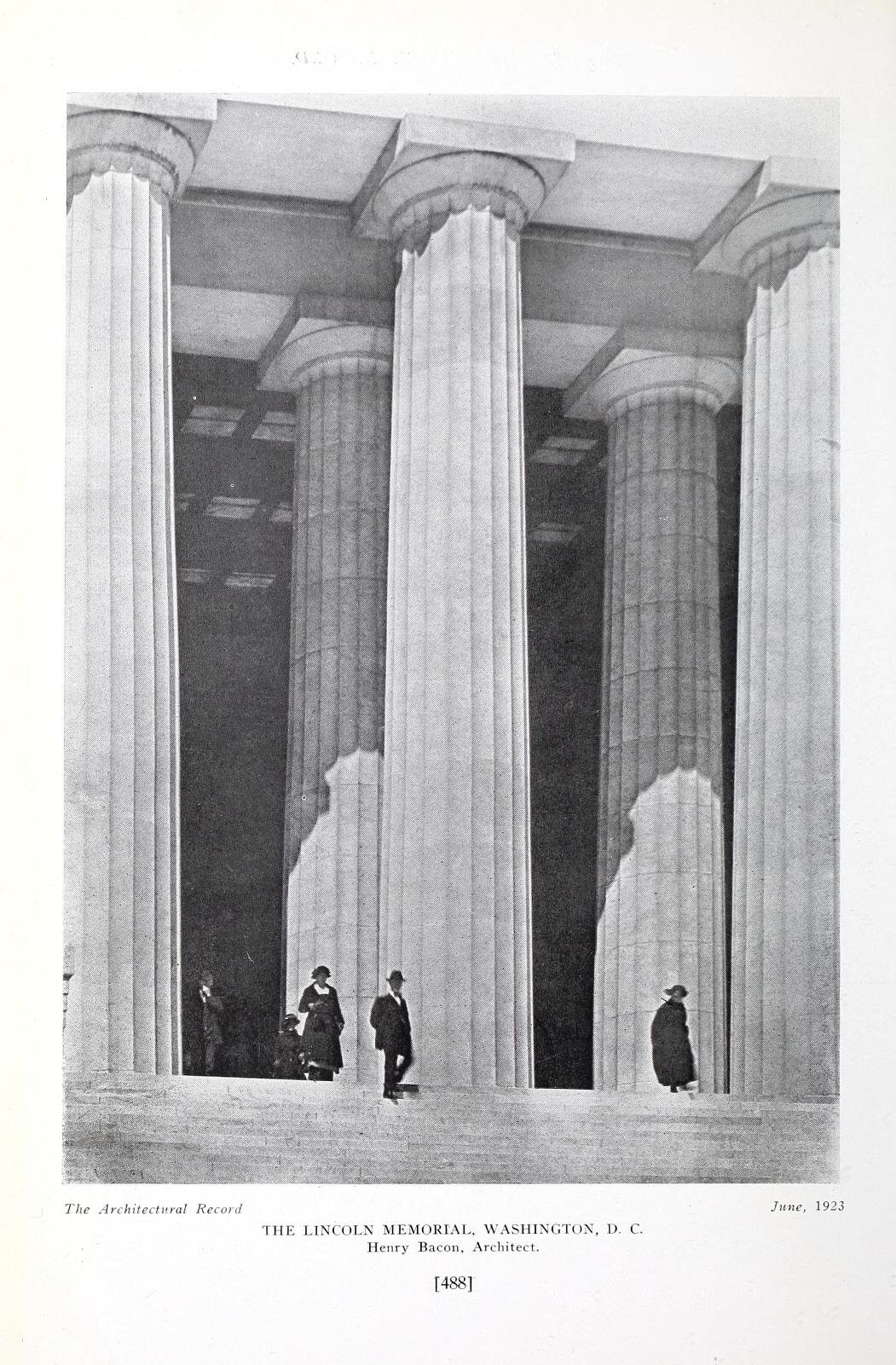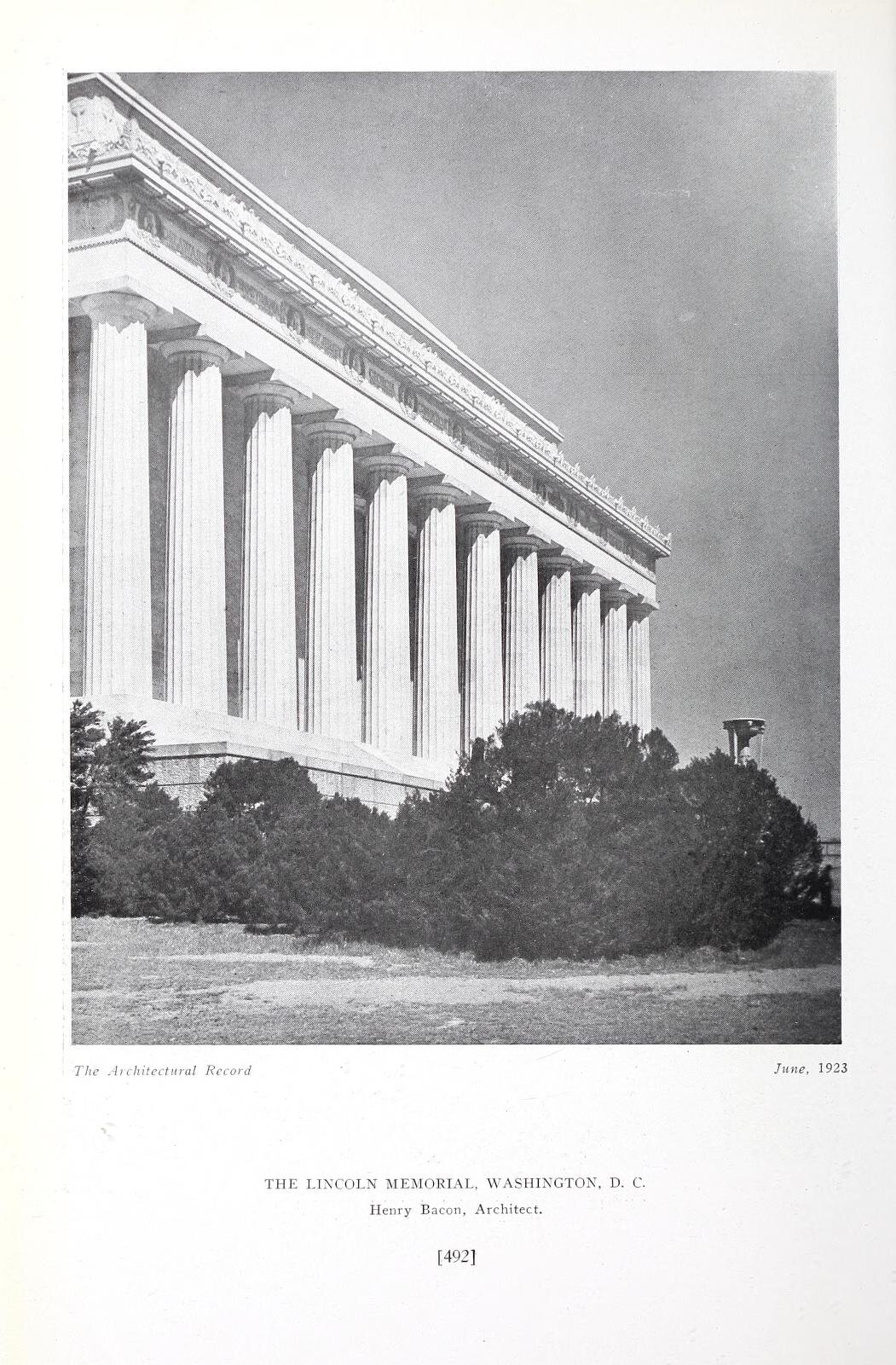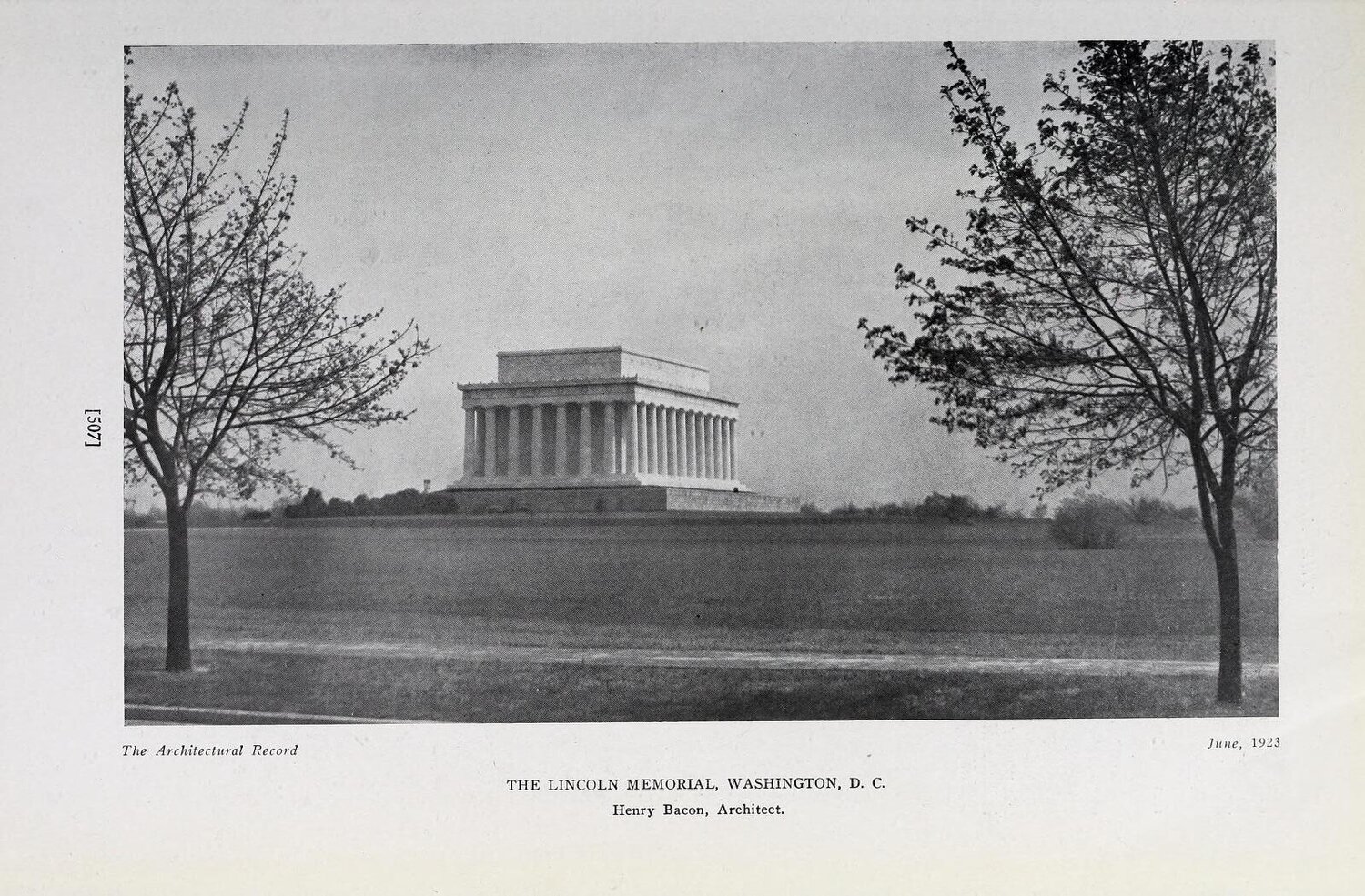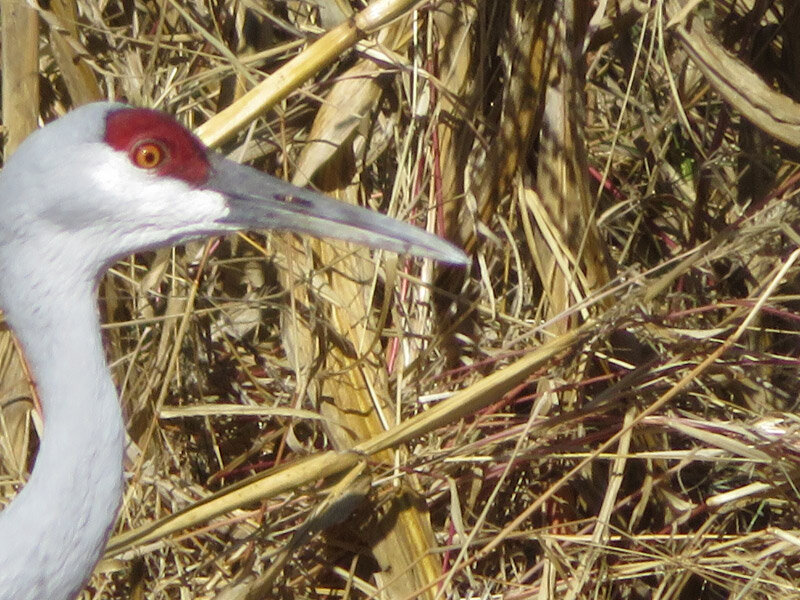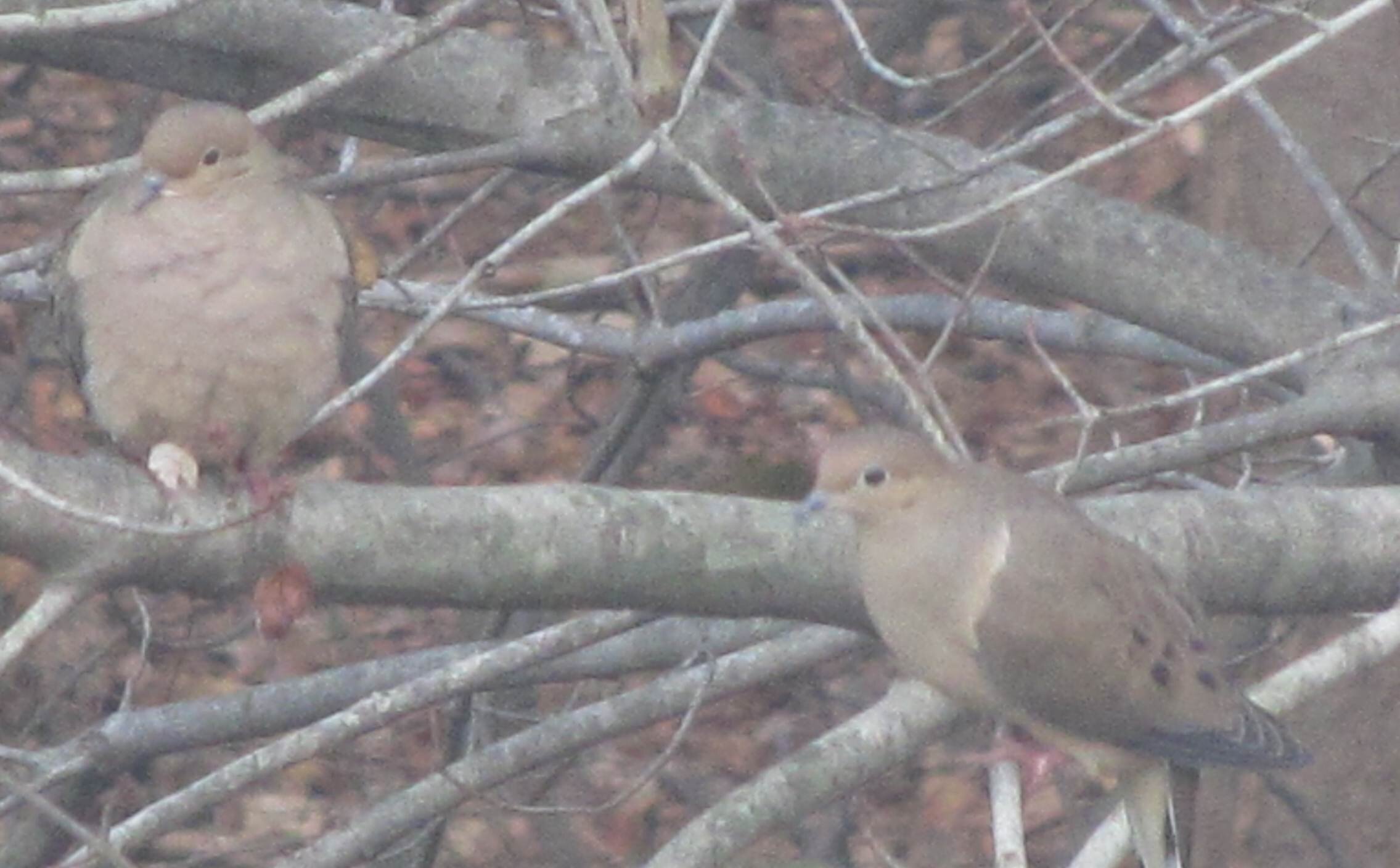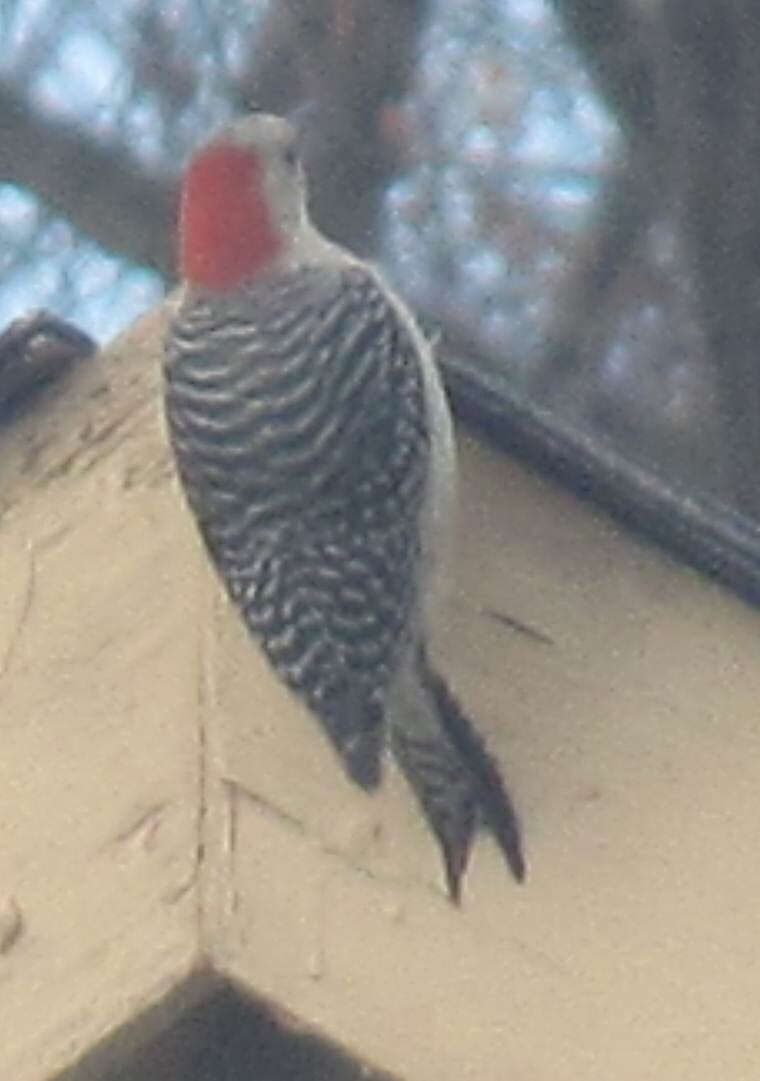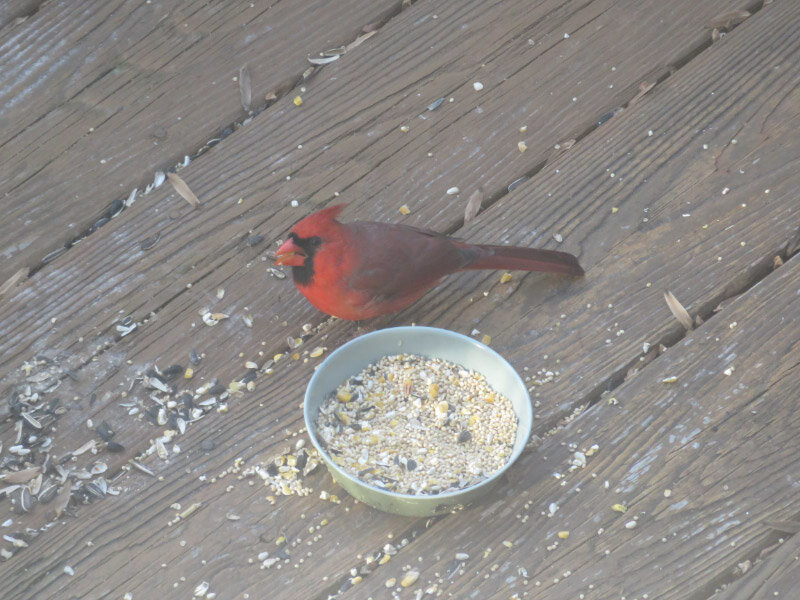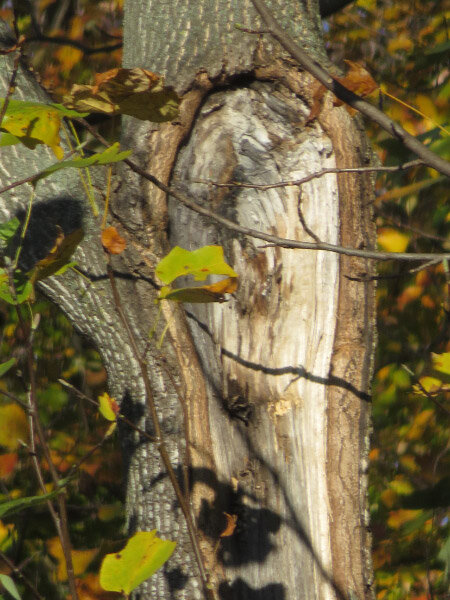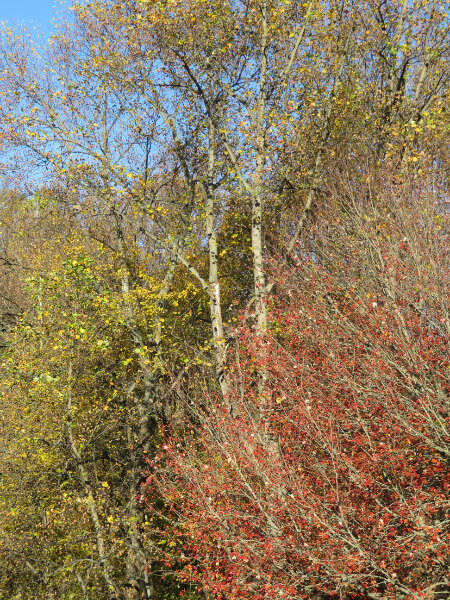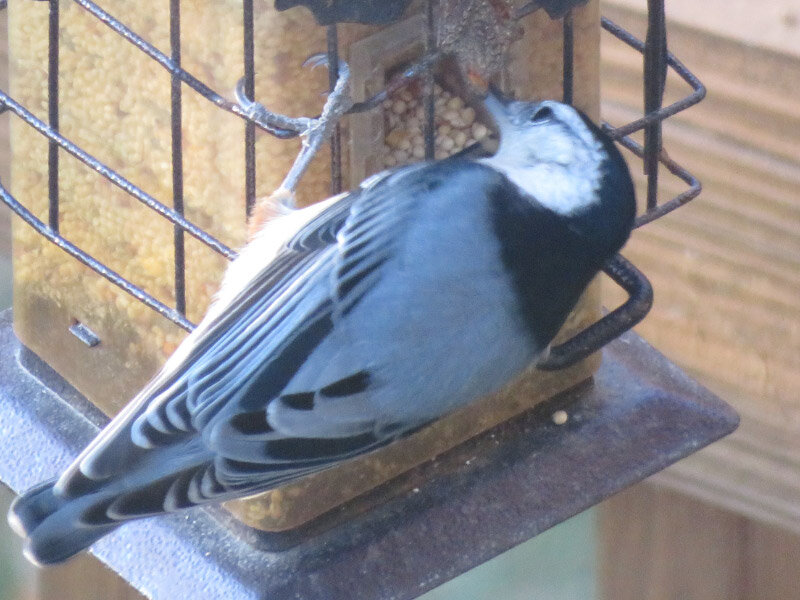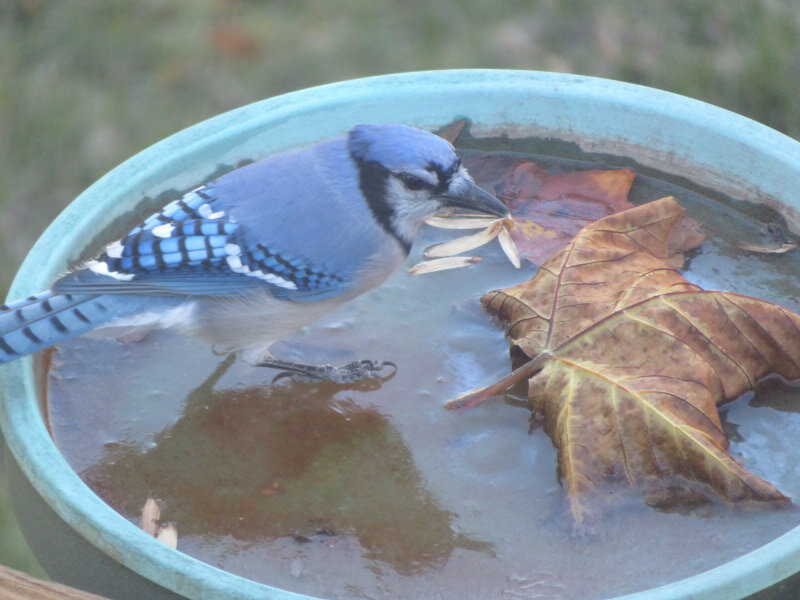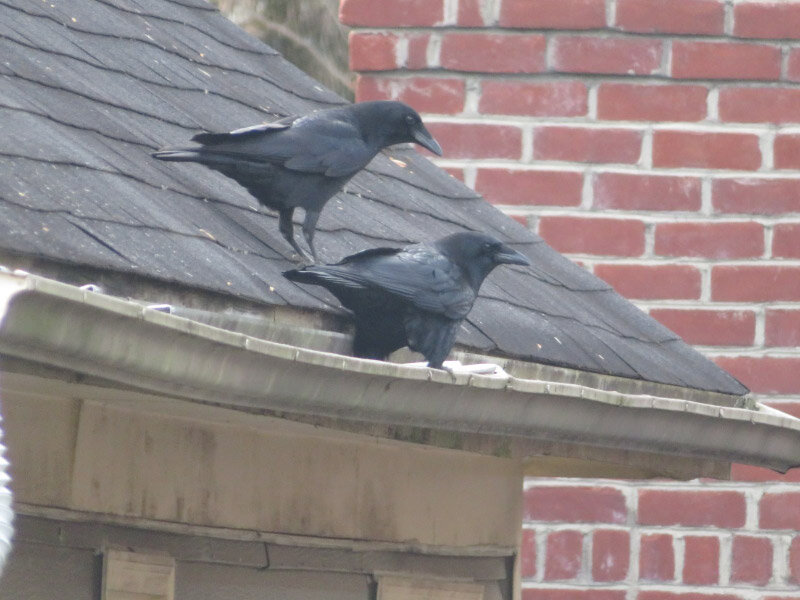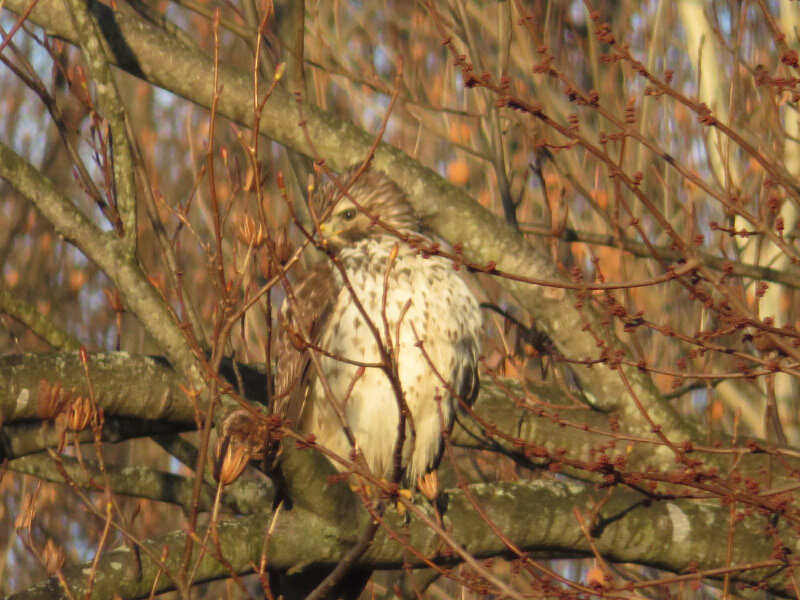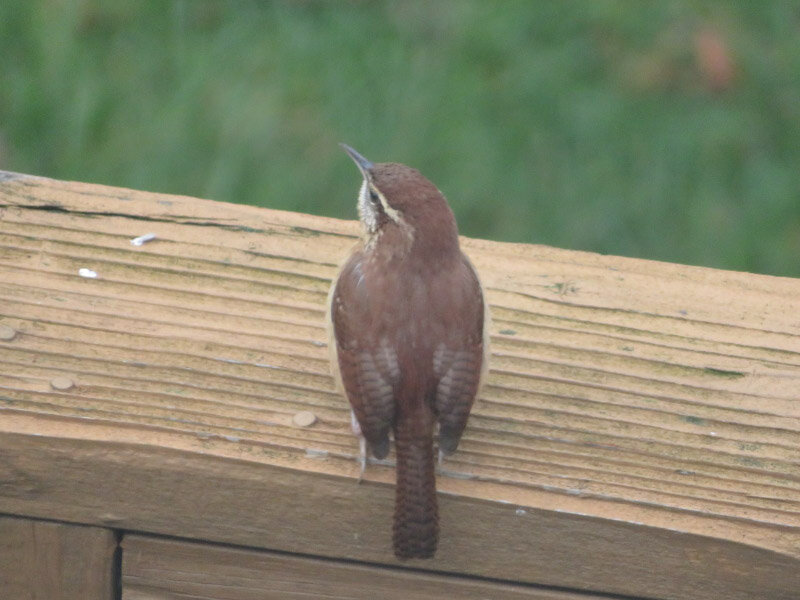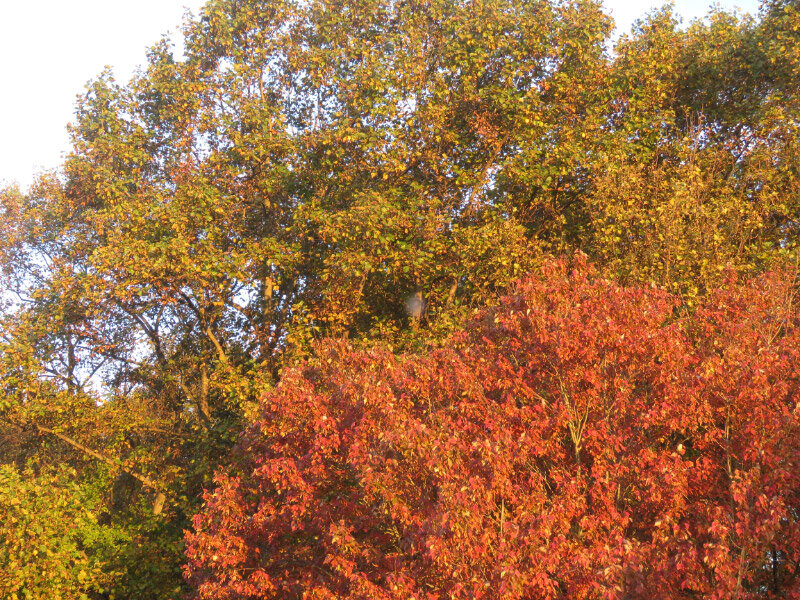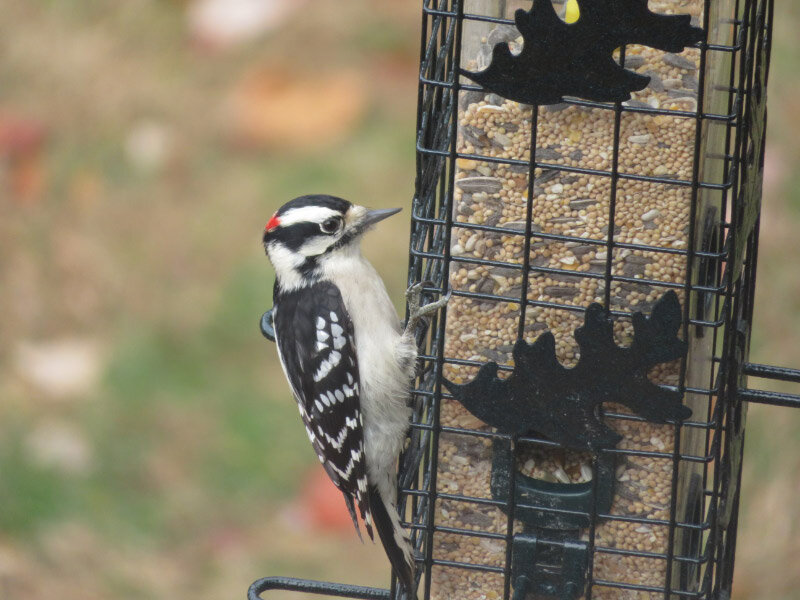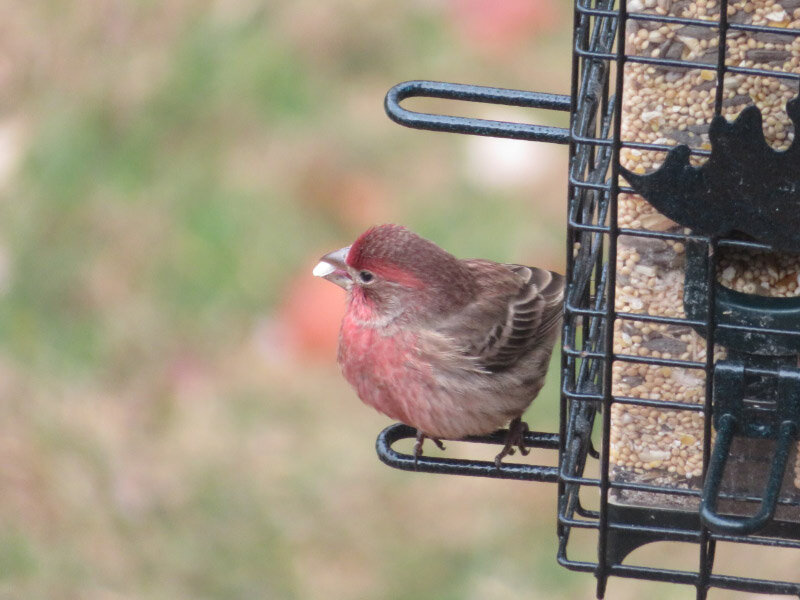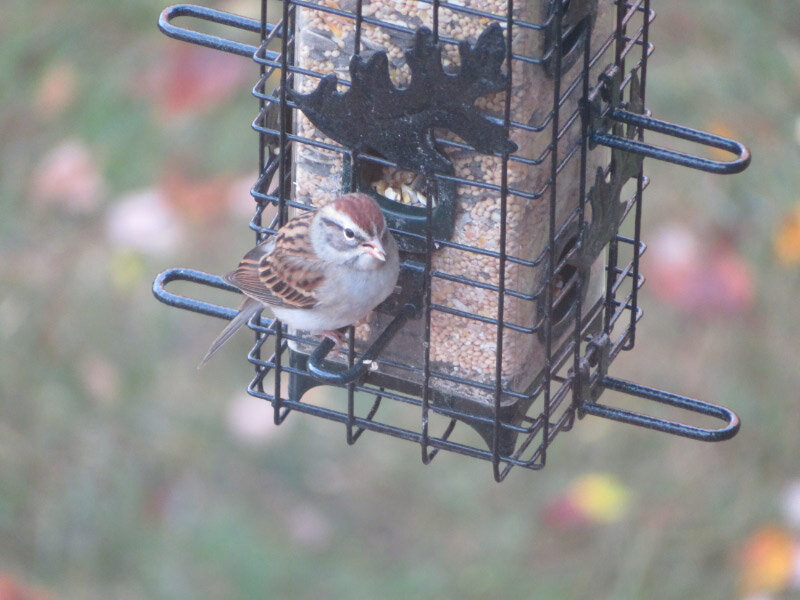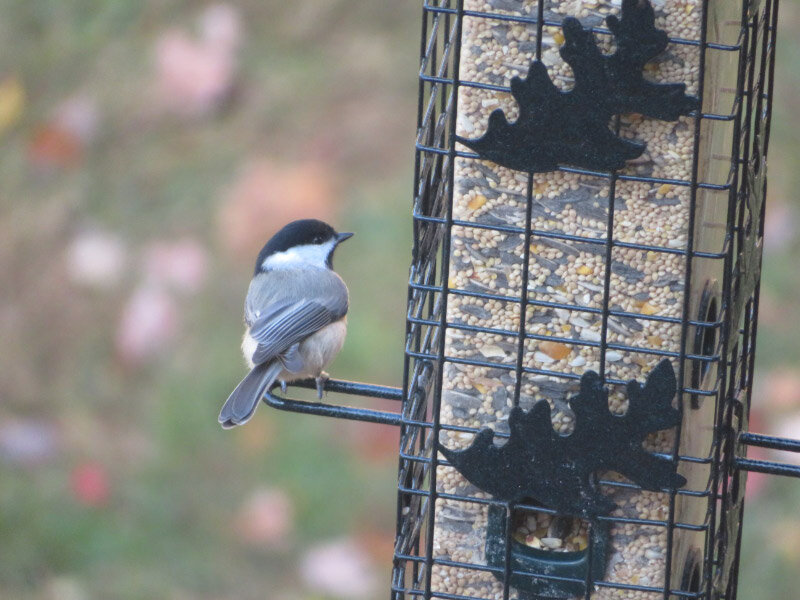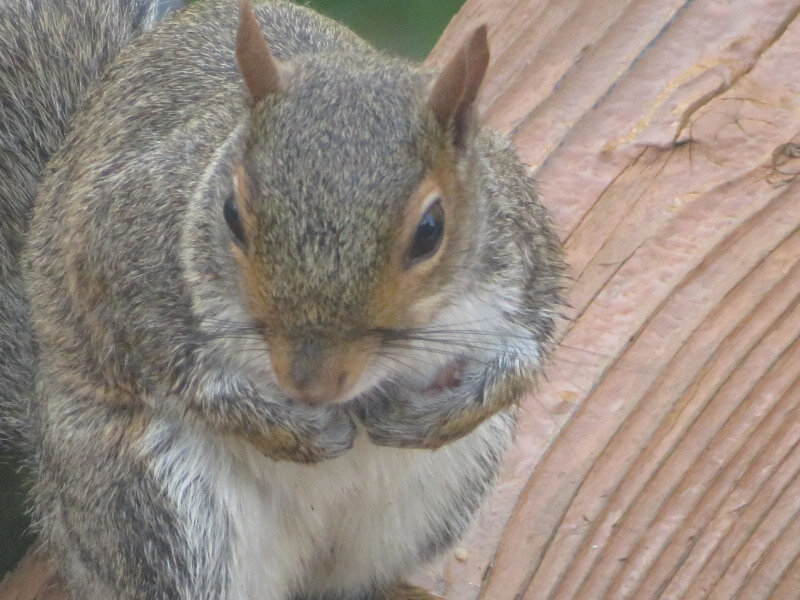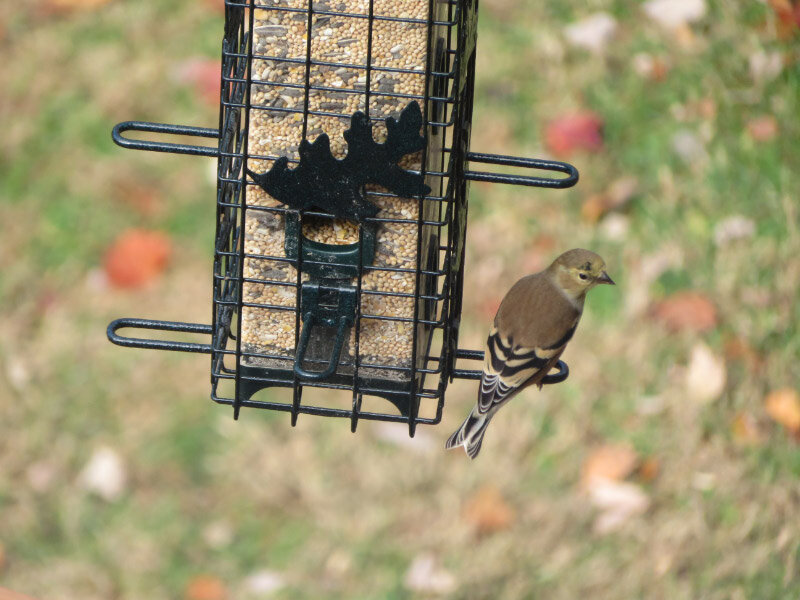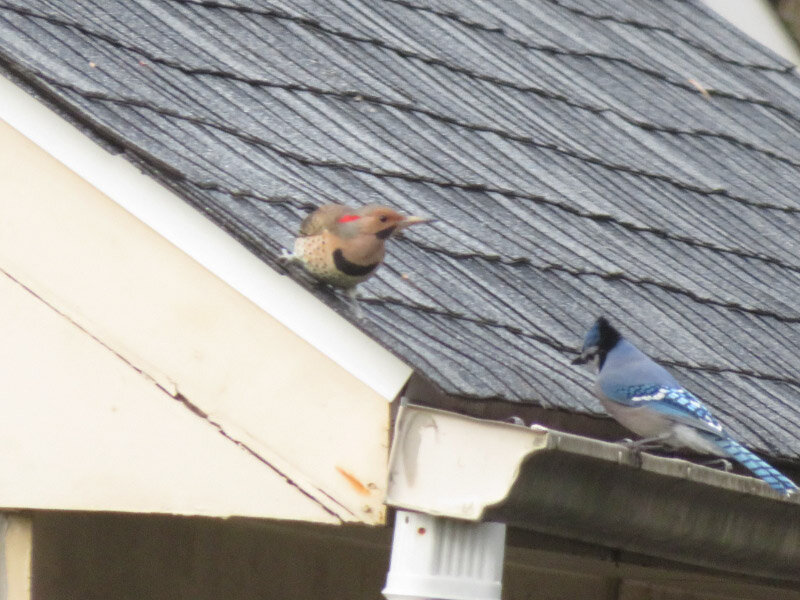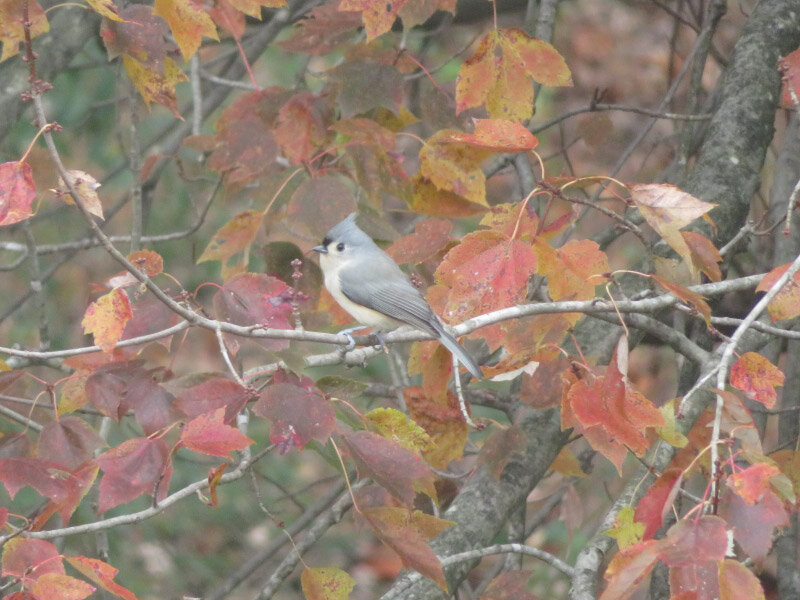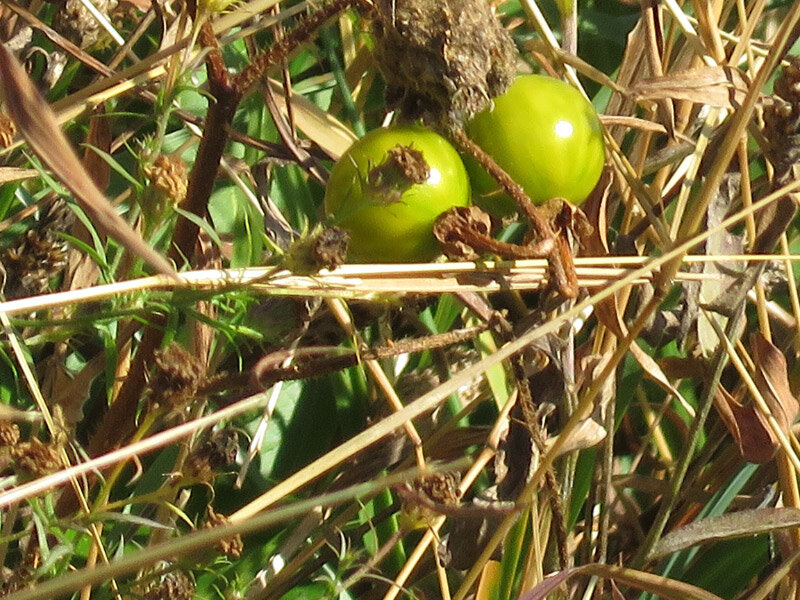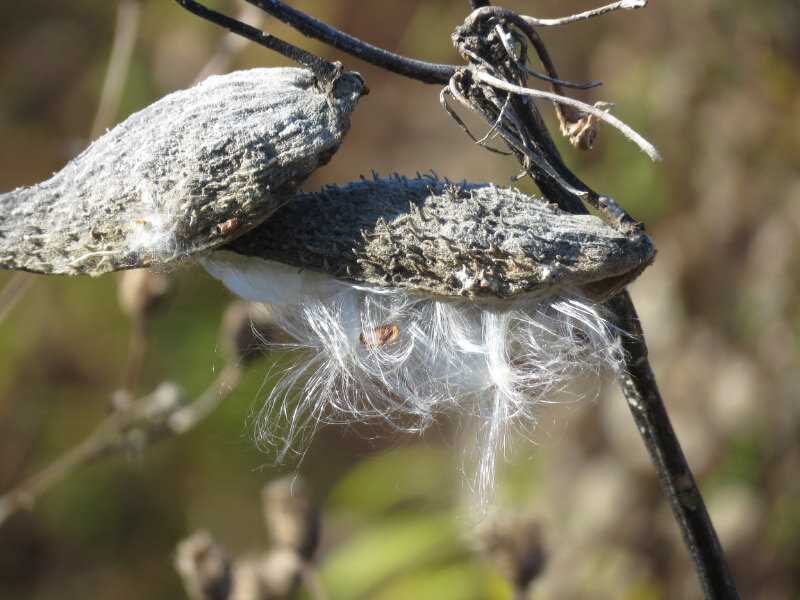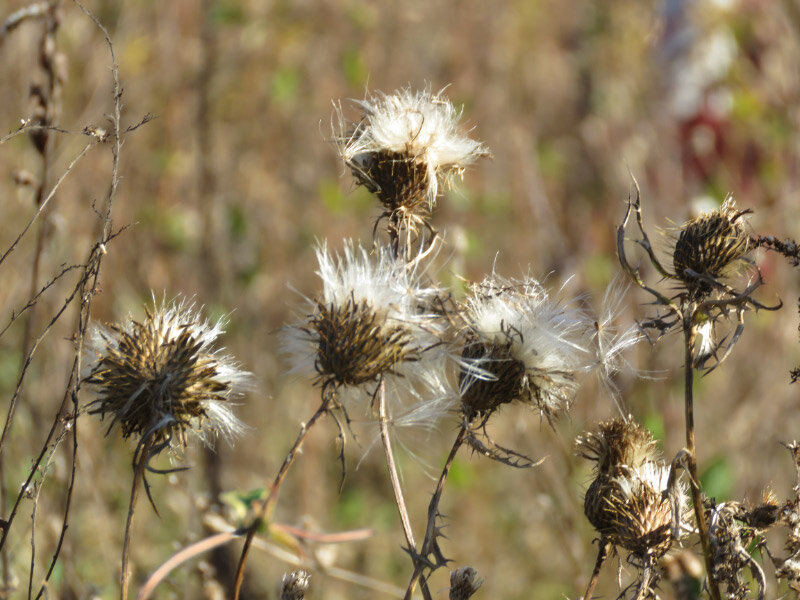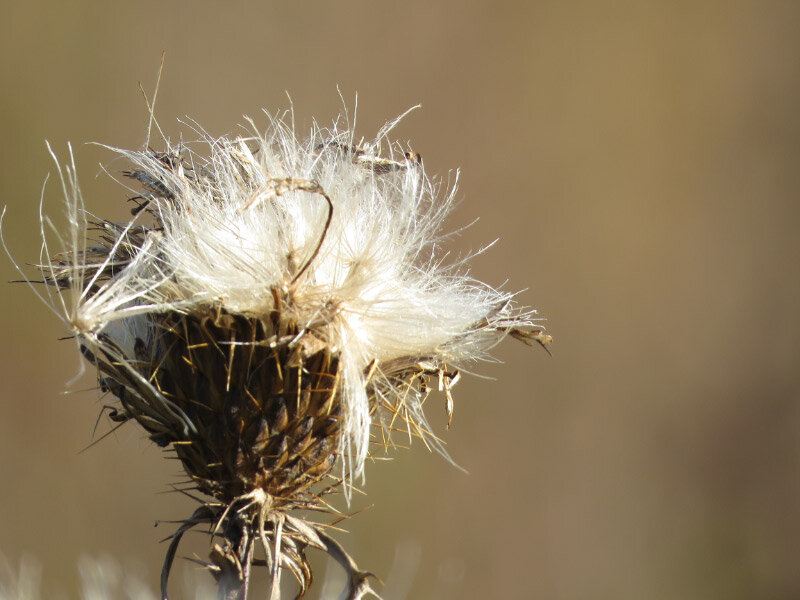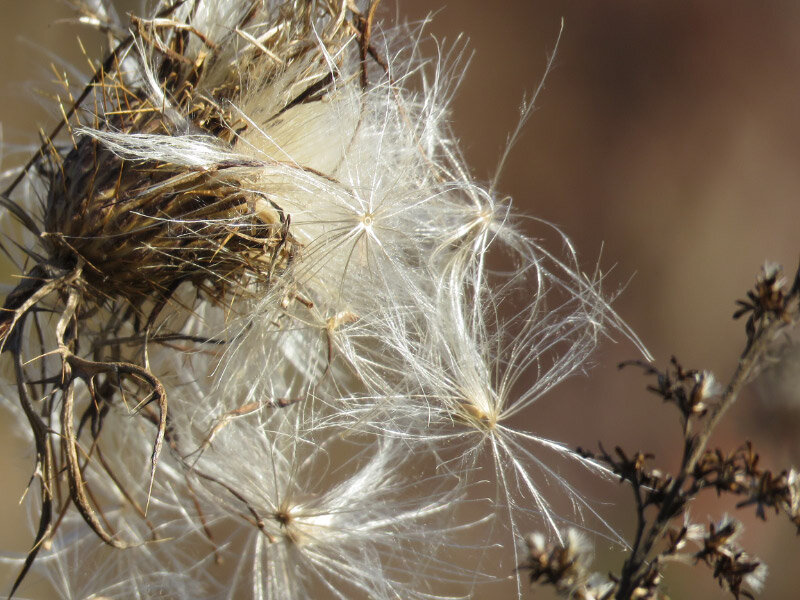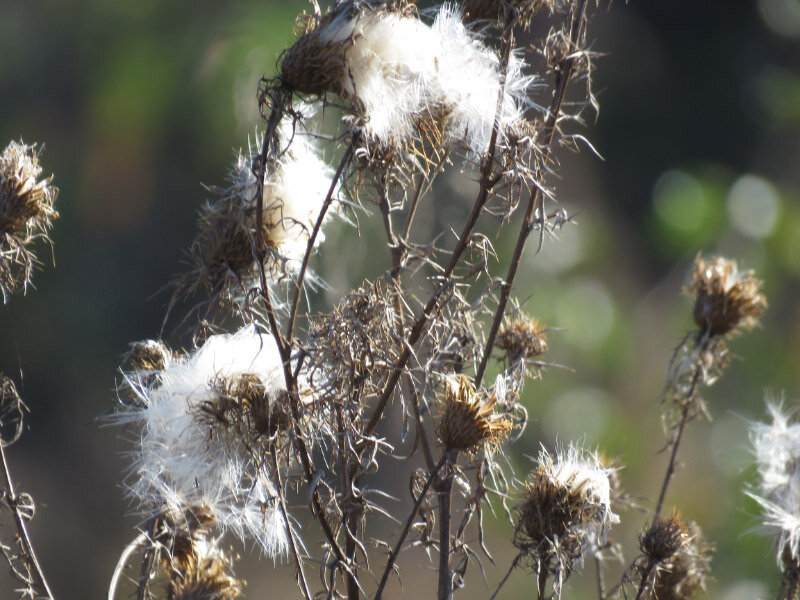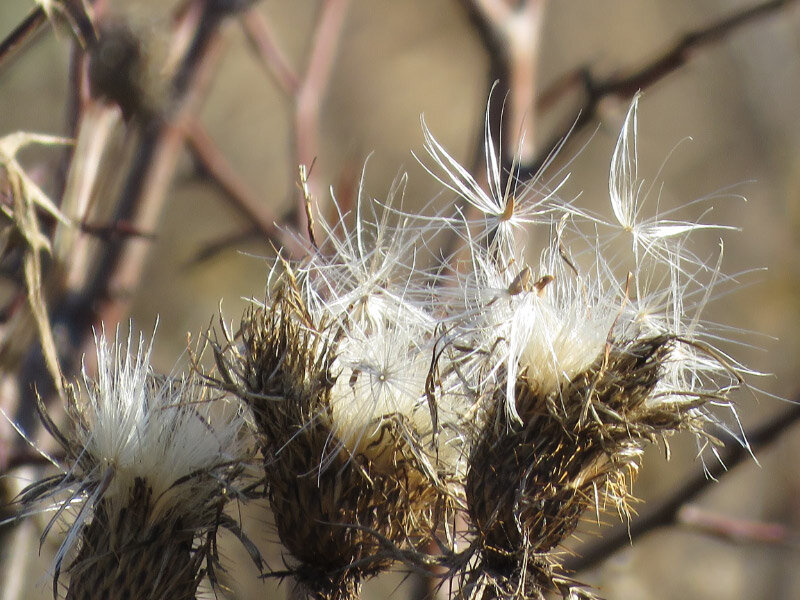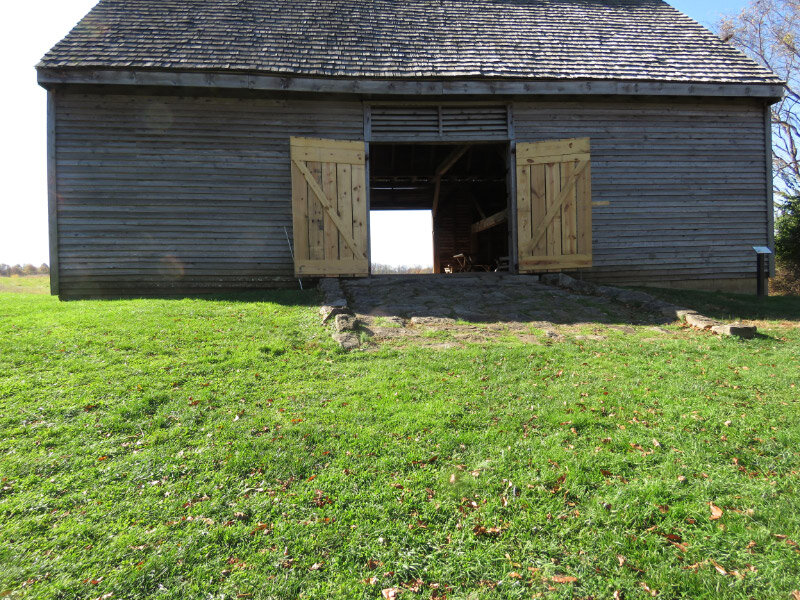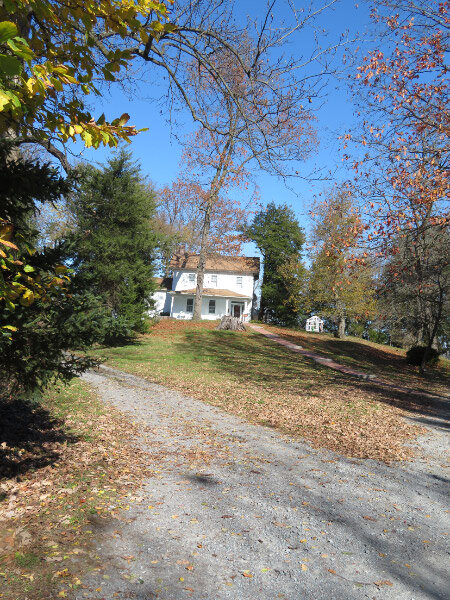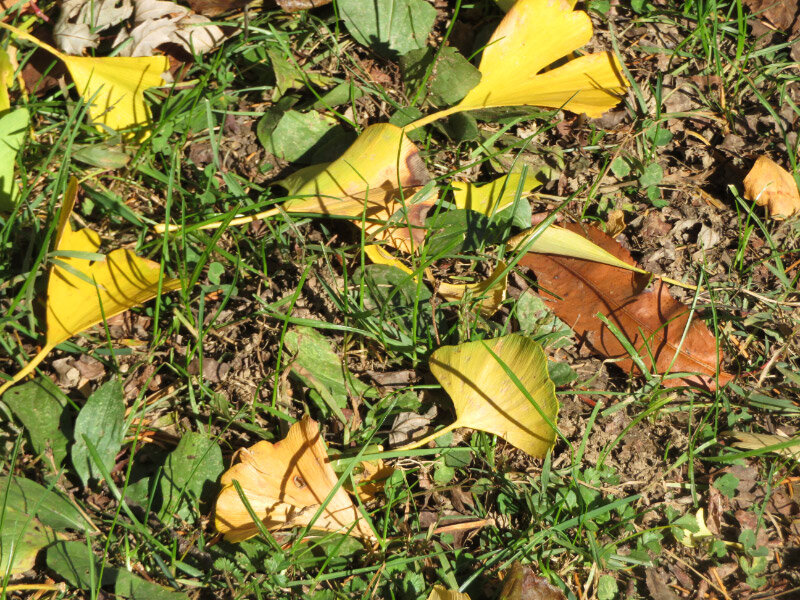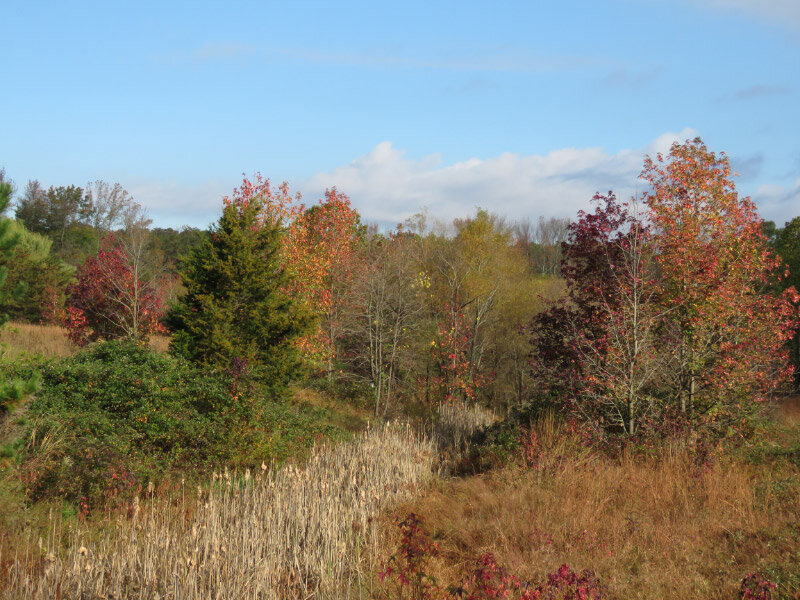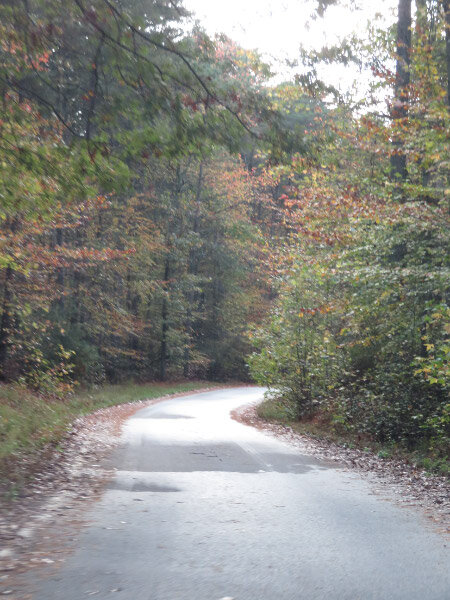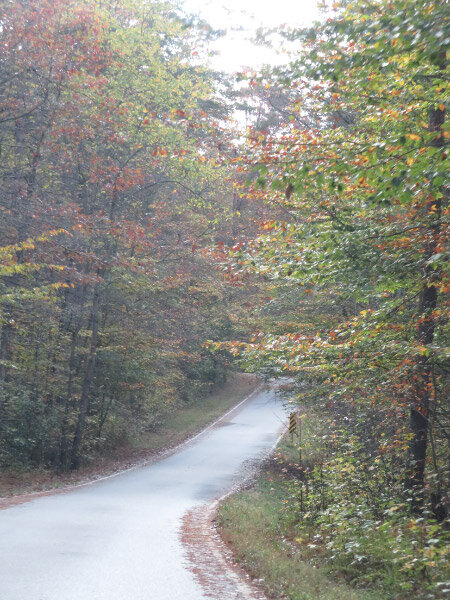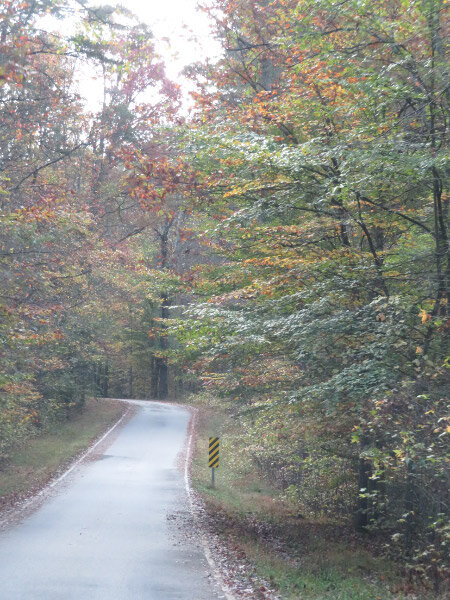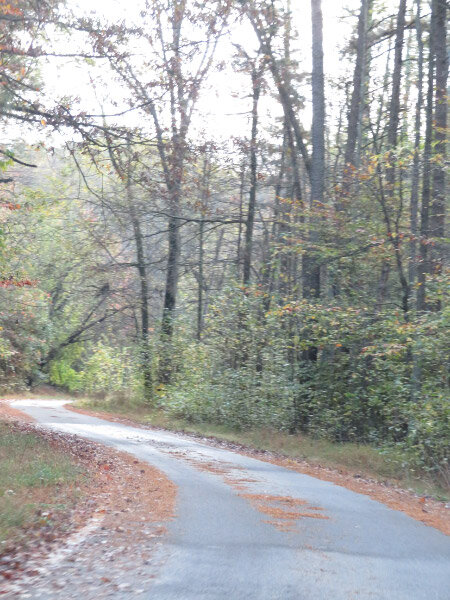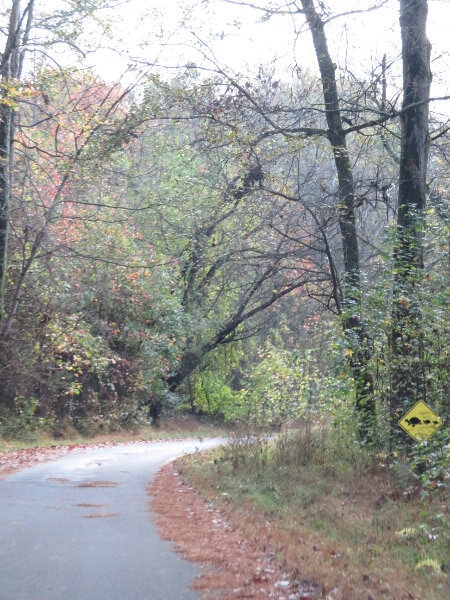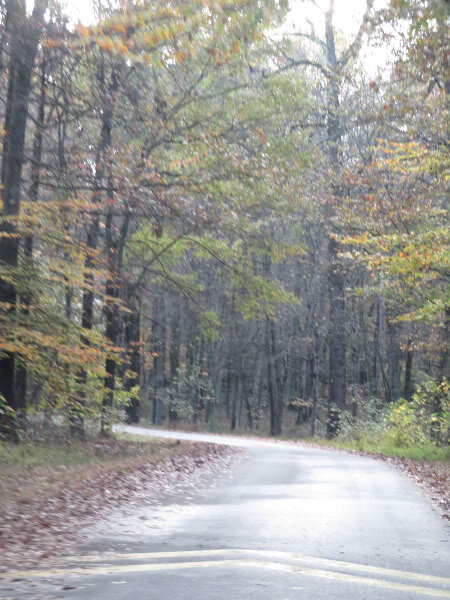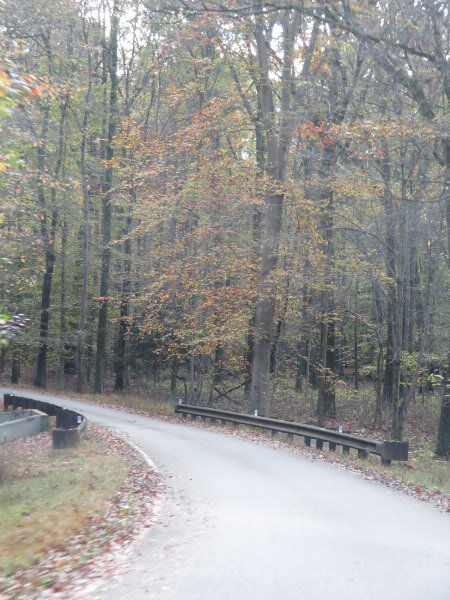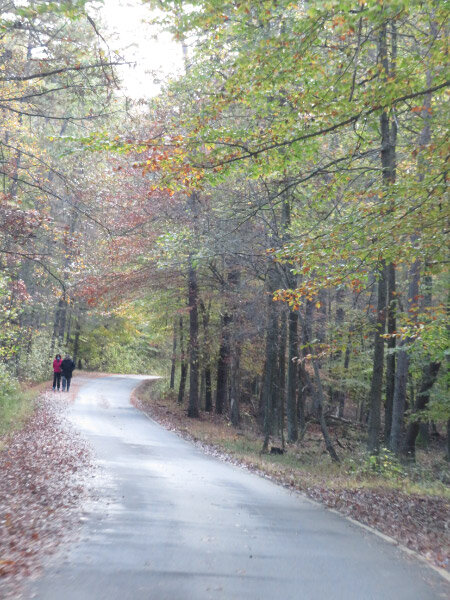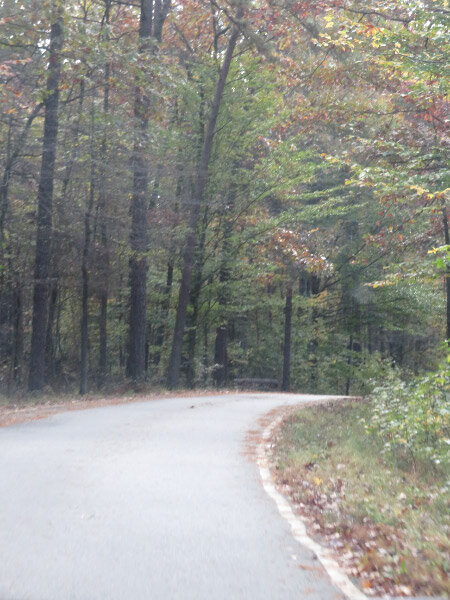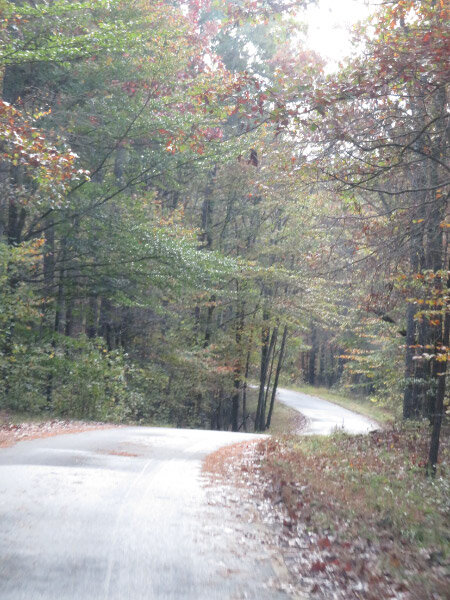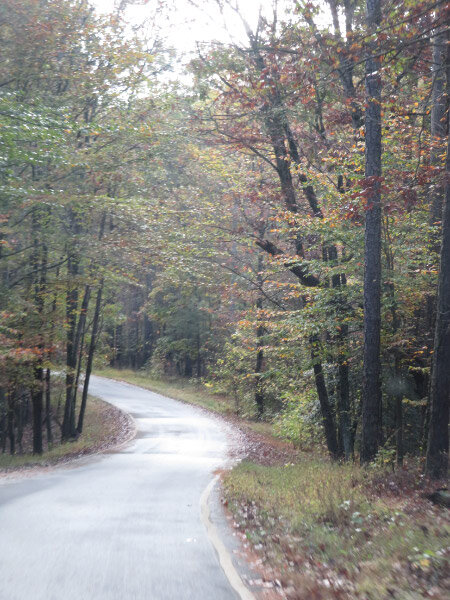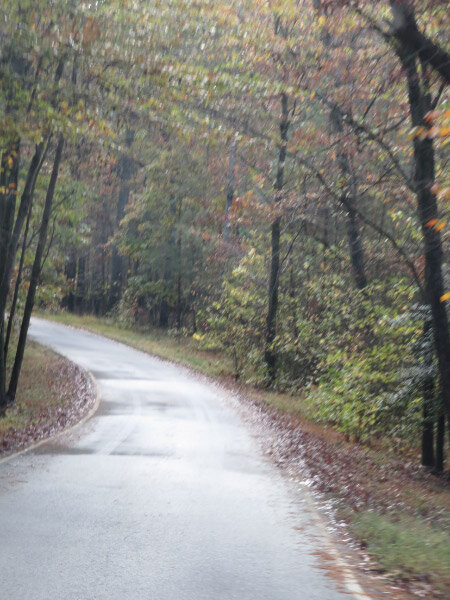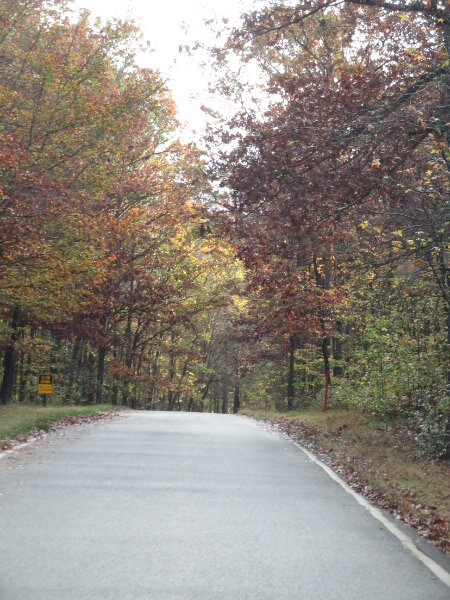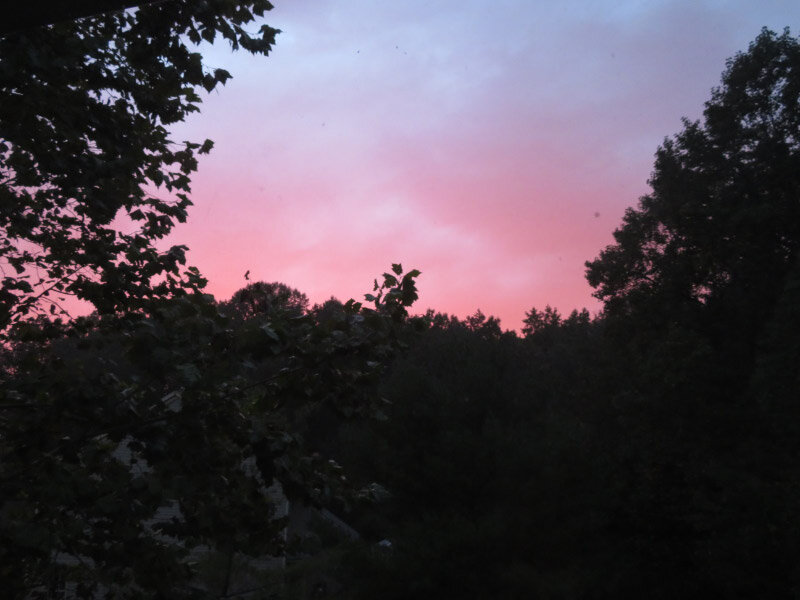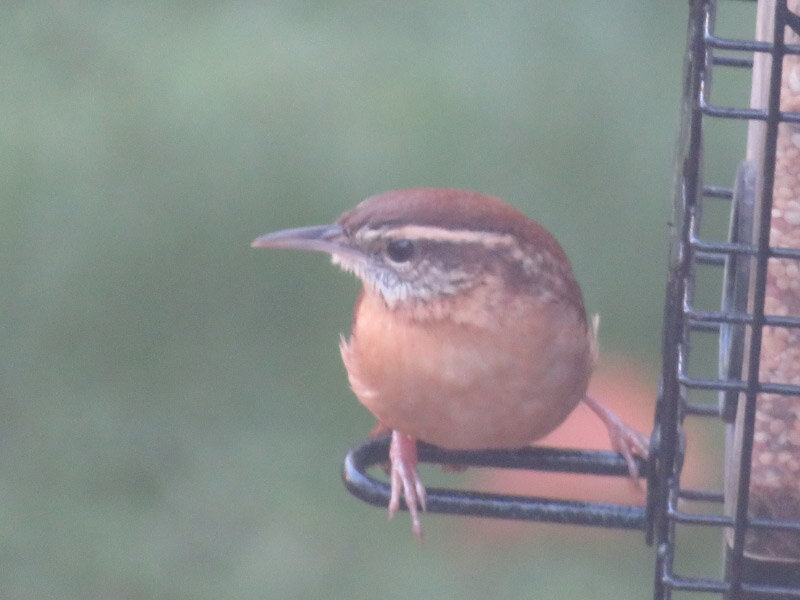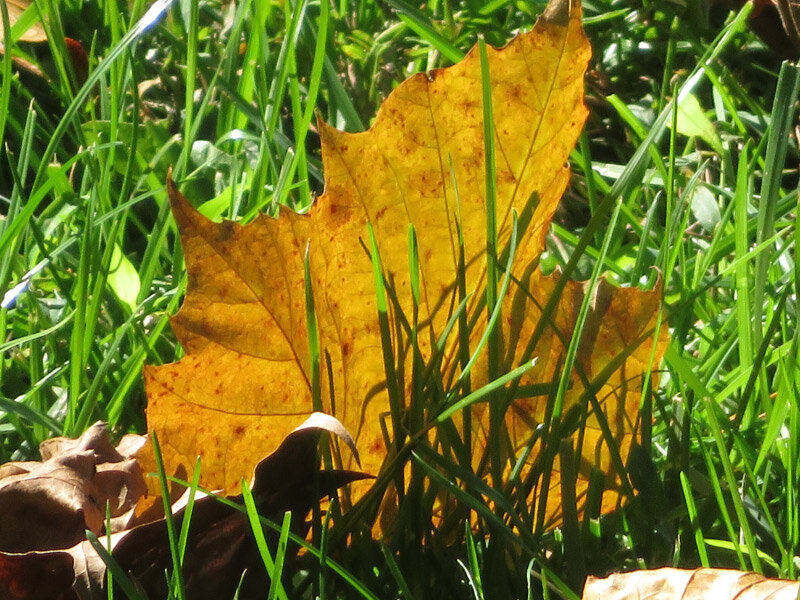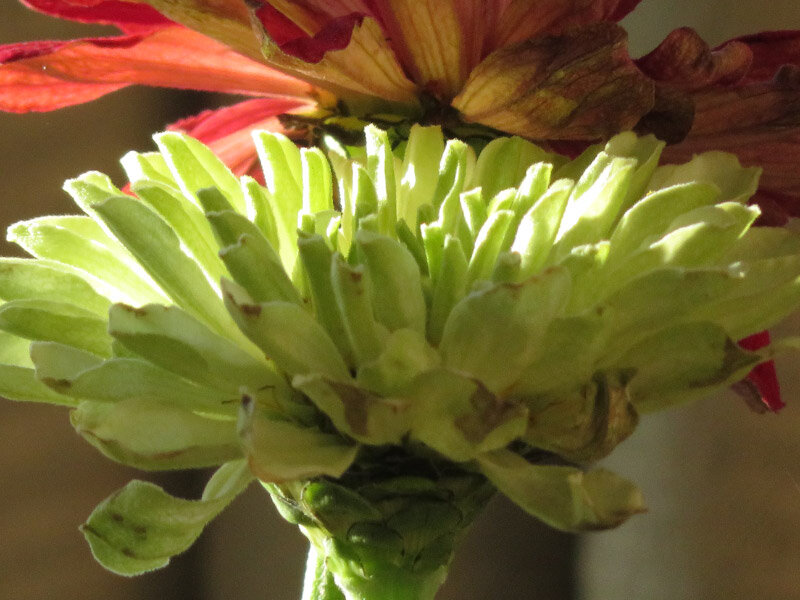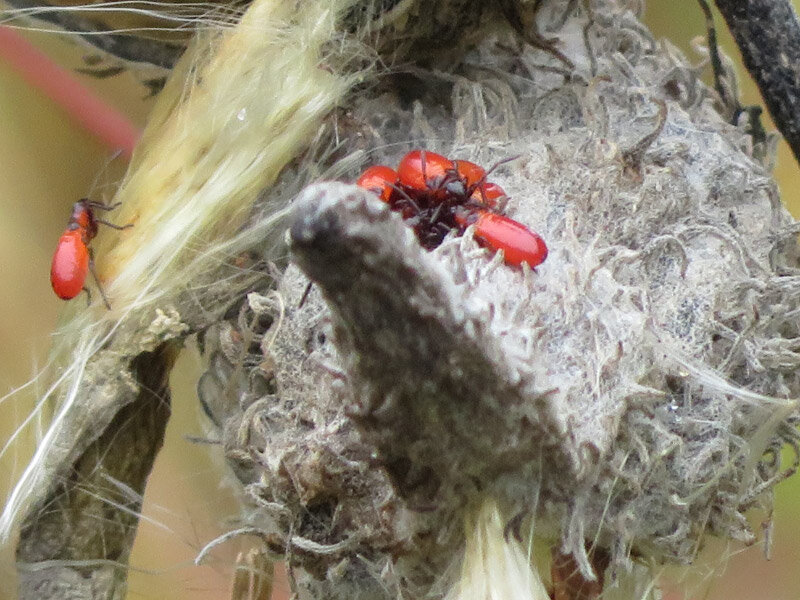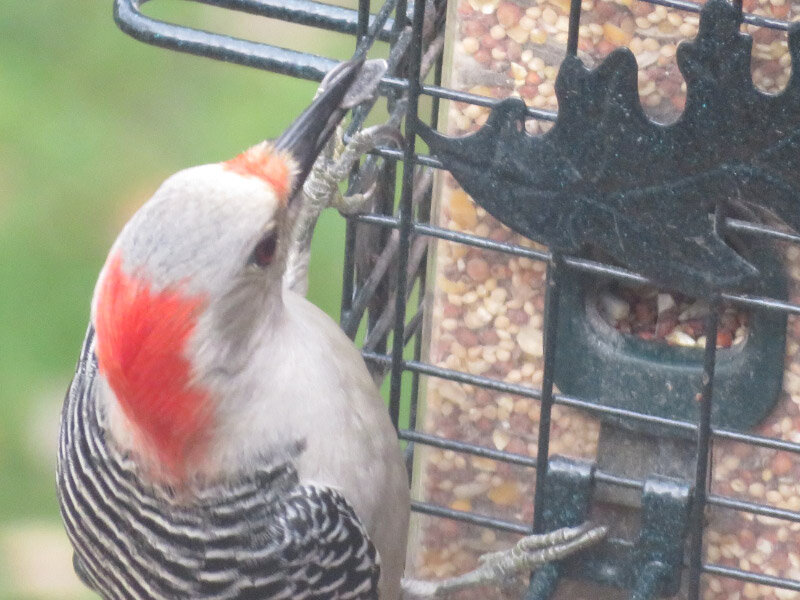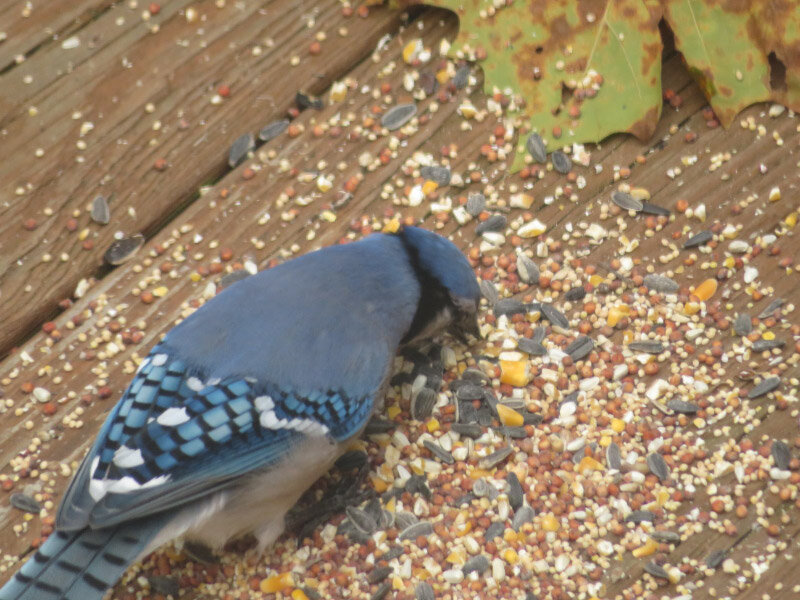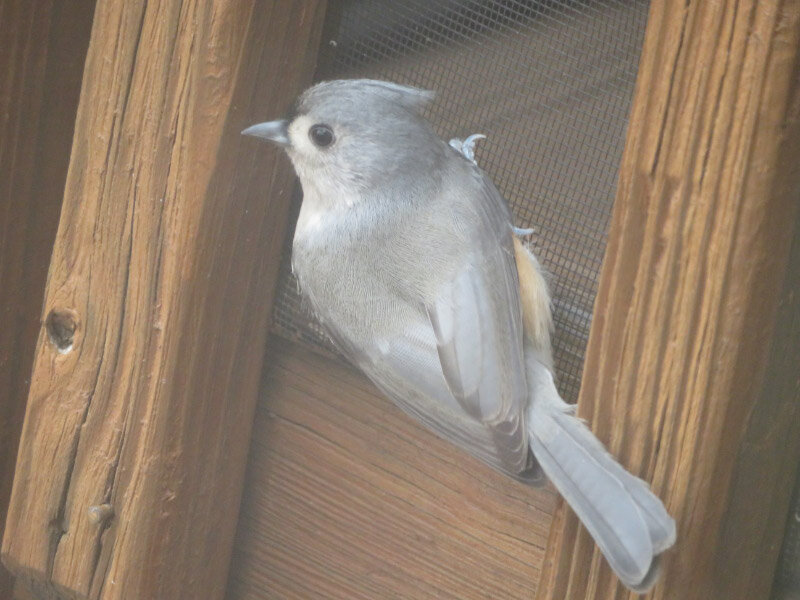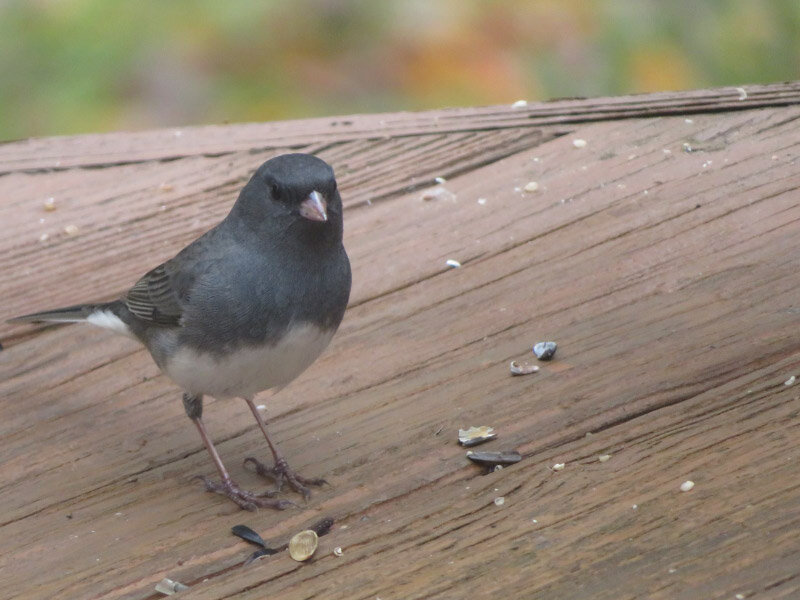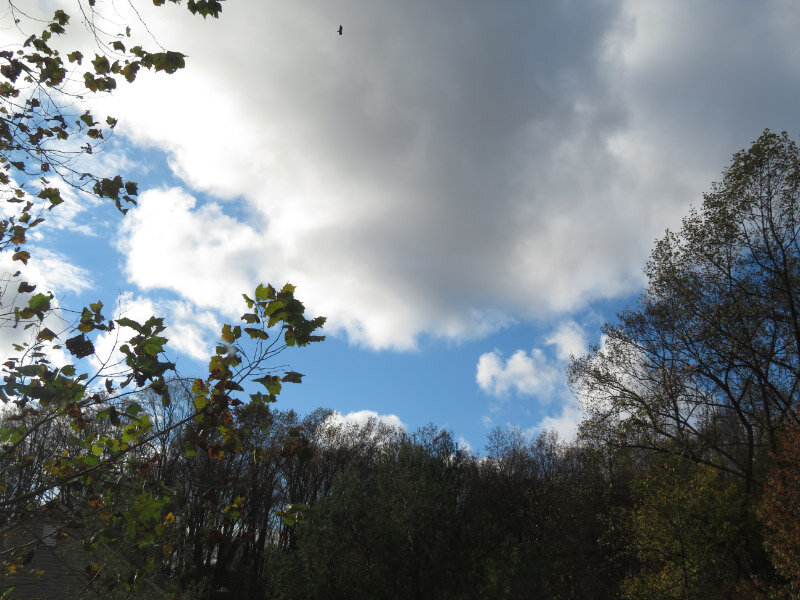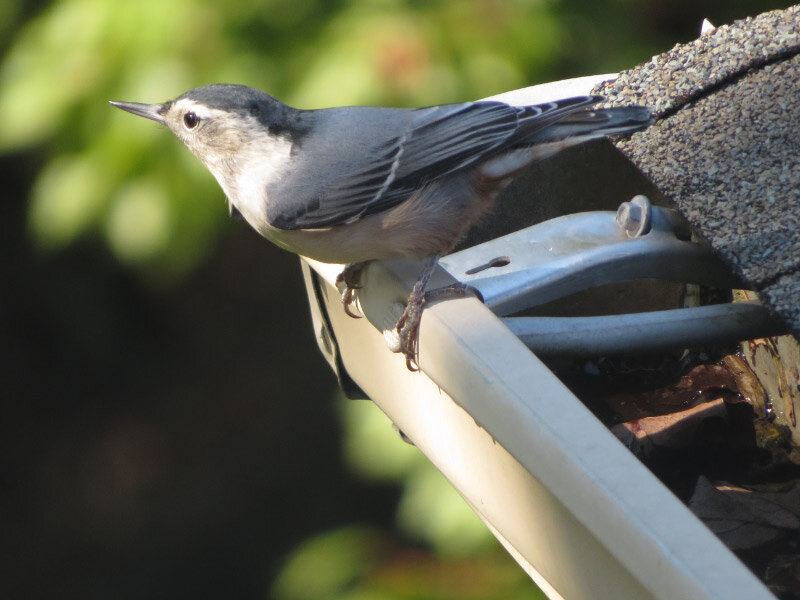House & Garden Magazines
/Internet Archive has quite few volumes of the House & Garden magazines digitized; they are in volumes with 6 issues each (like were in physical library reference sections). A search for the title “House & garden” provides a long list with all the volumes having a publication date of 1901 in the metadata (which is when the magazine was first published)! It’s not possible to find the volumes for a particular year of interest on the list. I am still working my way through the volumes…slowly but surely…but I am featuring 9 of the volumes in this post that I’ve already enjoyed.
The earliest volume is from July-December 1901. I always pay attention to books from 1901 because that is the year my paternal grandfather was born (earlier in the year). His parents had immigrated to the US from Eastern Europe and were tenant farms in Texas. Their lives were a far cry from the houses and gardens depicted in the magazine. I did find something familiar in this volume: pictures of Biltmore near Ashville, NC. George Vanderbilt would have been still alive when the article was written, and his daughter (born in 1900) would have been a toddler. What different environment it would have been to grow up in such a place!
I enjoy thinking about how people lived the magazine depict…the types of materials used for flooring and roofs...plumbing and lighting…elaborate gardens with water features…cottage gardens…architectural features like built-ins, garden rooms, and porches. The covers are often the only color pages in the early volumes…easy to spot when browsing through. Here are some samples:
There are pictures of the White House Rose Garden as it was during the Reagan administration in the September – December 1984 volume.
I’ve been browsing the volumes in no particular order so far, keeping track of the ones I’ve browsed…eventually I’ll have to go back and try to find the volumes I somehow missed.
Unique Activities for Yesterday:
Groceries. Snow is in our forecast and we had no half-and-half to make snow ice cream! I opted to make a quick trip to the grocery store for it and other items to avoid going again for 3 weeks. I went at the usual early time and it seemed like there were a few more people (maybe others that wanted to get ‘snow day’ foods) but still easy to stay distanced and find everything on the list quickly. I wore two masks; my daughter had talked about double masking now that our masks have been though the laundry enough times that the fibers might not be as tight. My glasses anti-fog wipe treatment worked just as well as it did with one mask. I bought a slice of red velvet cake and ate it for my morning snack…felt like I had too much caffeine in me shortly afterward….but still enjoyed the treat. Overall – a good morning errand and reward!



